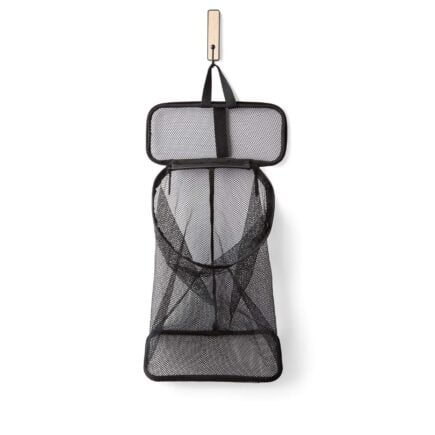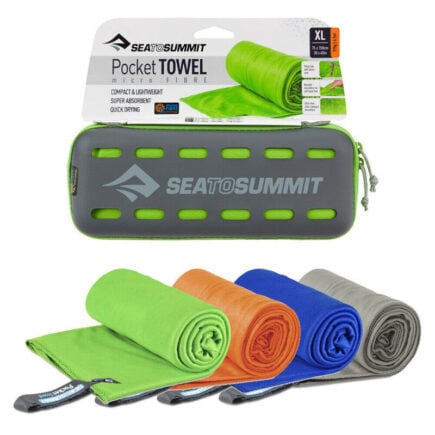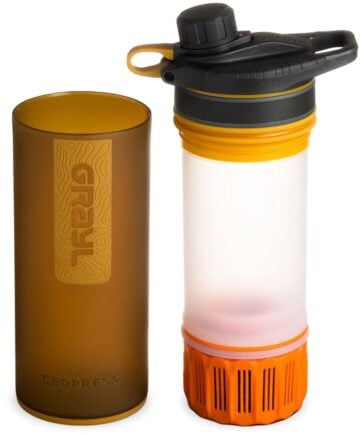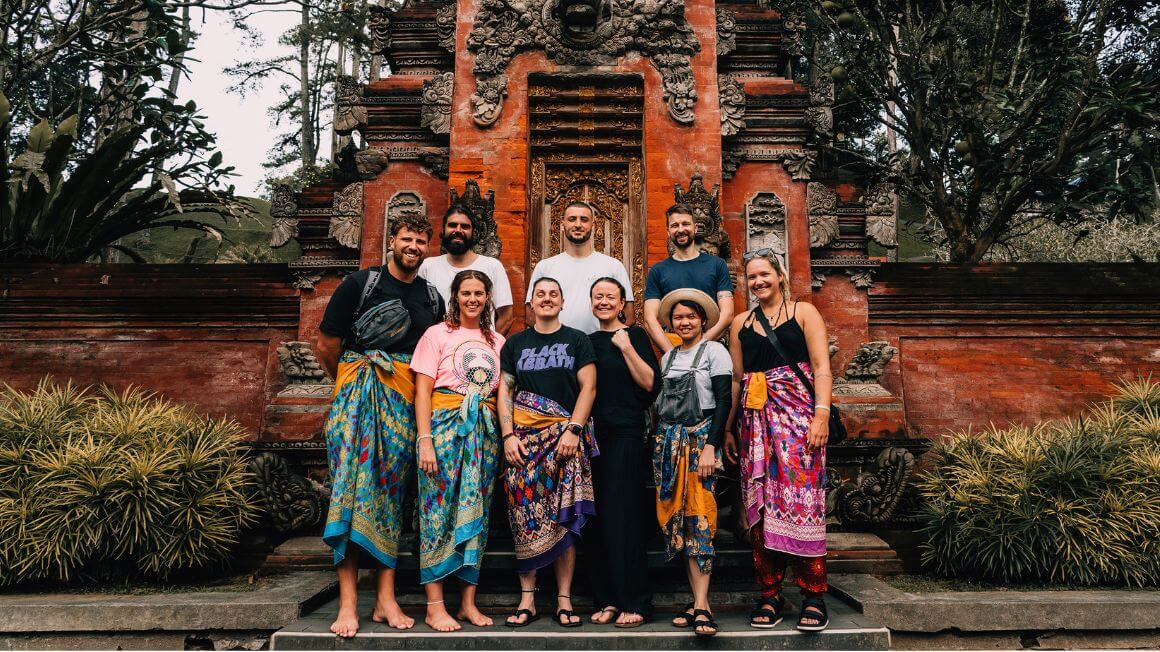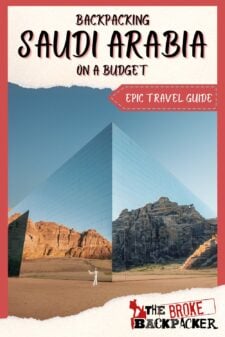The Broke Backpacker is supported by you. Clicking through our links may earn us a small affiliate commission, and that's what allows us to keep producing free content 🙂 Learn more.
Saudi Arabia, a country that has remained under wraps for centuries, is now open to travelers. And it is rich in history, culture, and nature. There’s no reason you shouldn’t be visiting Saudi Arabia this year!
Also known as the Kingdom of Saudi Arabia (KSA), Saudi Arabia is the largest country in the Middle East and one of the fastest-growing in the world.
In antiquity, this region connected the East and the West through the ancient incense and spice routes which resulted in the country becoming a melting pot of people, culture, and ideas. Today, Saudi Arabia has some of the best handicrafts, unique culinary practices, and rich traditions that still remain hidden from the rest of the world.
The country is also home to stunning natural landscapes. From the rugged expansiveness of the Empty Quarter to the flowering valleys of the Asir Mountains and the rich marine life of the Red Sea Coast, Saudi Arabia is a treasure trove of natural delights.
I live in Riyadh, the capital of Saudi Arabia, and have enjoyed exploring this country and its many hidden gems over the last year. I have compiled everything I have learned during my trips and my stay into this epic Saudi Arabia travel guide, which is sure to help you plan your visit.
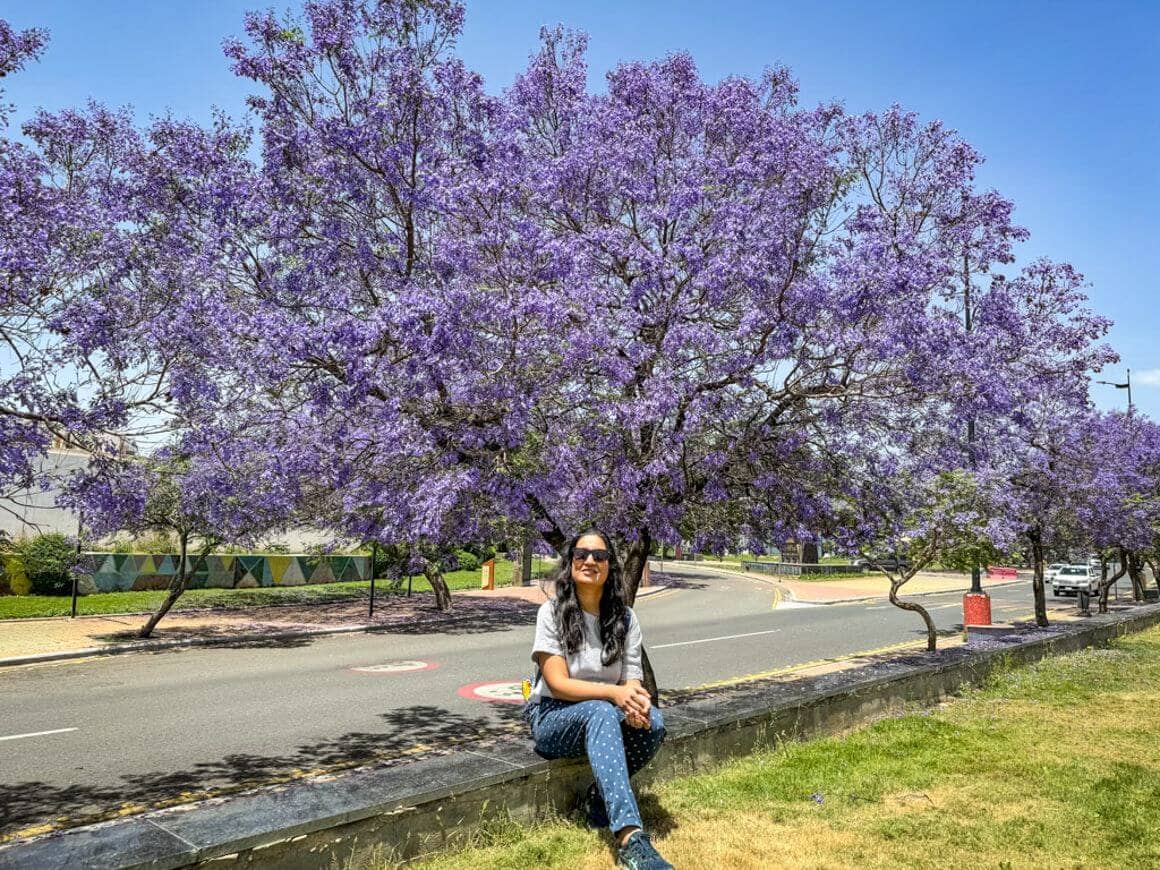
Photo: @storiesbysoumya
The Broke Backpacker is supported by you. Clicking through our links may earn us a small affiliate commission, and that's what allows us to keep producing free content 🙂 Learn more.

Unlock Our GREATEST Travel Secrets!
Sign up for our newsletter and get the best travel tips delivered right to your inbox.
- Why Visit Saudi Arabia?
- Best Travel Itineraries for Backpacking in Saudi Arabia
- Best Places to Visit in Saudi Arabia
- Getting Off the Beaten Path in Saudi Arabia
- Top Things to Do in Saudi Arabia
- Accommodation in Saudi Arabia
- Some Unique Experiences in Saudi Arabia
- Saudi Arabia Travel Costs
- And Speaking of Plastic… Get an eSIM for Saudi Arabia
- Best Time to Travel to Saudi Arabia
- Staying Safe in Saudi Arabia
- How to Get Into Saudi Arabia
- How to Get Around Saudi Arabia
- Culture of Saudi Arabia
- FAQs About Visiting Saudi Arabia
- Final Advice Before Visiting Saudi Arabia
- Buy Us a Coffee!
Why Visit Saudi Arabia?
Visit Saudi Arabia for its history, culture, and nature. These are my three go-to words whenever I am asked to describe the country. From the prehistoric sites of Hail and the ancient Nabataean city of Hegra to the medieval fort towns of Asir and the modern history of Diriyah, Saudi Arabia is an absolute haven for history buffs.
Centuries of trade and mixing of ideas have blessed the country with unique art forms like Al-Qatt Al-Asiri and beautiful architectural styles such as the Najdi and Hejazi styles. If you’re a nature lover, you’ll find bliss in Saudi Arabia. From camping amidst the majestic dunes of the Arabian Desert to touring rose and almond farms in Taif, there’s a lot of nature to experience here.
Best Travel Itineraries for Backpacking in Saudi Arabia
I have collated my top travel itinerary for 10 days and 3 weeks+ below to help you to plan your trip to Saudi Arabia:
#1 Saudi Arabia Itinerary – 10 Days: Highlights of Saudi Arabia
If you’re visiting Saudi Arabia for the first time, 10 days is ideal to see the country’s highlights, including AlUla, Jeddah, and Riyadh.
Begin your journey in Jeddah, located on the Red Sea Coast of western Saudi Arabia. Visit beautiful mosques, shop at medieval souks, including the happening Al Balad Market, and stroll through the lively Jeddah Waterfront.
Do not forget to take a tour of the Al Balad District, Jeddah’s Old Town, and a UNESCO World Heritage Site. Marvel at the beautiful medieval mansions, complete with their intricately carved balconies, called the rawasheen.
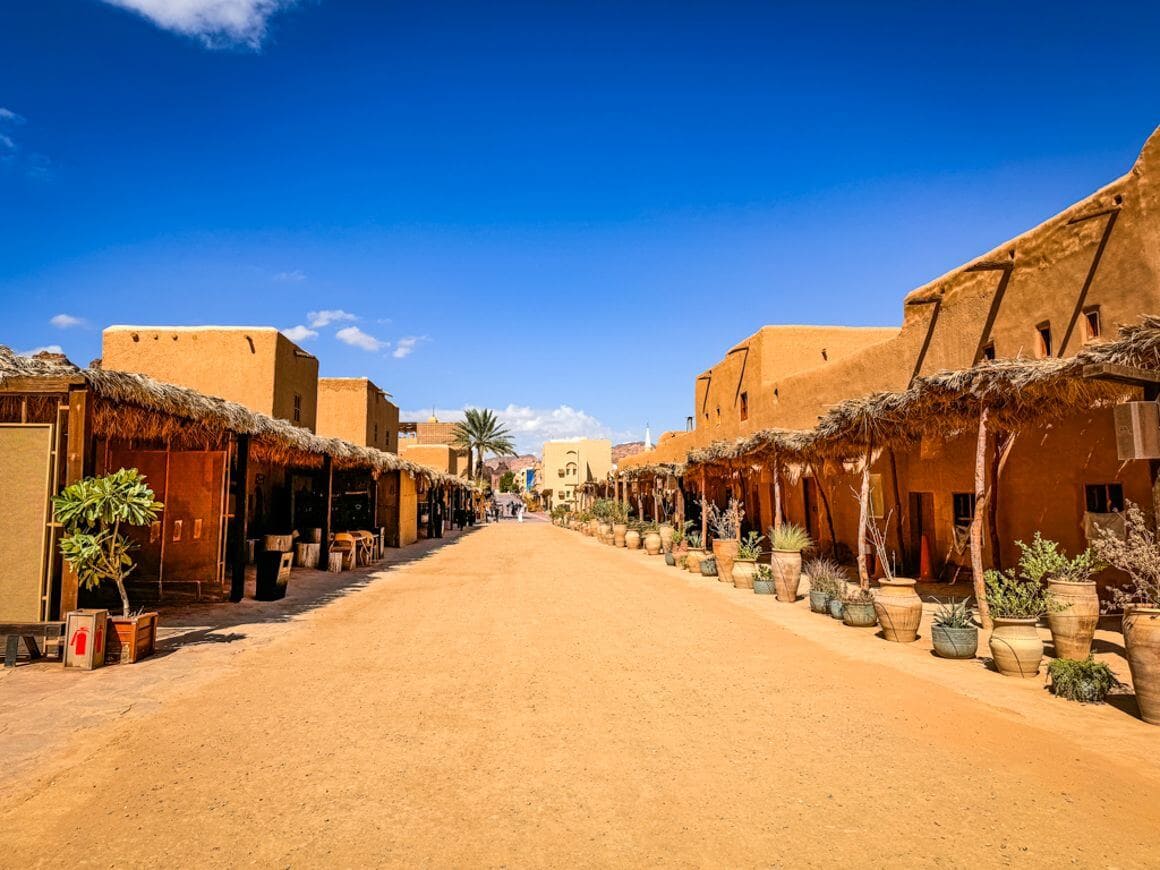
Photo: @storiesbysoumya
Next, head northwest to AlUla for a deep dive into ancient Nabataean history and culture. You can take a flight from Jeddah (about 1.5 hours flying time) or drive 8 hours to get to AlUla.
Hegra is an old Nabataean city where you can see monumental tombs like those in Pfetra, Jordan. Qasr al-Farid, or the Lonely Castle, is absolutely unmissable, and so are the tombs at Jabal Banat, which are adorned with carvings of human faces, birds, animals, and monsters.
Do not miss the Old Town of AlUla and its charming alleyways, mudbrick houses, and quaint cafes.
From AlUla, take a flight to Riyadh, the capital of Saudi Arabia. You can also drive, but it is a long drive of 11 hours or more.
In Riyadh, tall, swanky skyscrapers rub shoulders with historic old towns and medieval marketplaces. Be sure to visit the UNESCO-listed Historic City of Diriyah, where the Kingdom of Saudi Arabia was founded in the 18th century.
Check out the palaces and museums of Old Riyadh before shopping at the 100-year-old Souk Al Zal for perfumes, jewelry, and antiques.
Head to Kingdom Tower for stunning views of the city and finish the day with dinner at the charming Urth Café.
#2 Saudi Arabia Itinerary – 3 Weeks+: Saudi Arabia’s Highlights & Hidden Gems
Follow the same itinerary as the one above, but spend more time in Jeddah and Riyadh, with many more day trips and weekend trips packed into your itinerary.
From Jeddah, fly or drive to Abha (close to the Yemen border) for a long weekend getaway. Abha, located in the Asir Mountains, is a gorgeous place filled with natural beauty. Valleys, hiking trails, and baboons abound here. Unlike the rest of the country, temperatures are pretty low in Abha, with really chilly winters.
The best time to visit Abha is during spring when the city is painted purple by thousands of blooming jacaranda trees. Art Street, Abu Kheyal Park, and Andalus Park are the best places to spot the jacaranda blossoms.
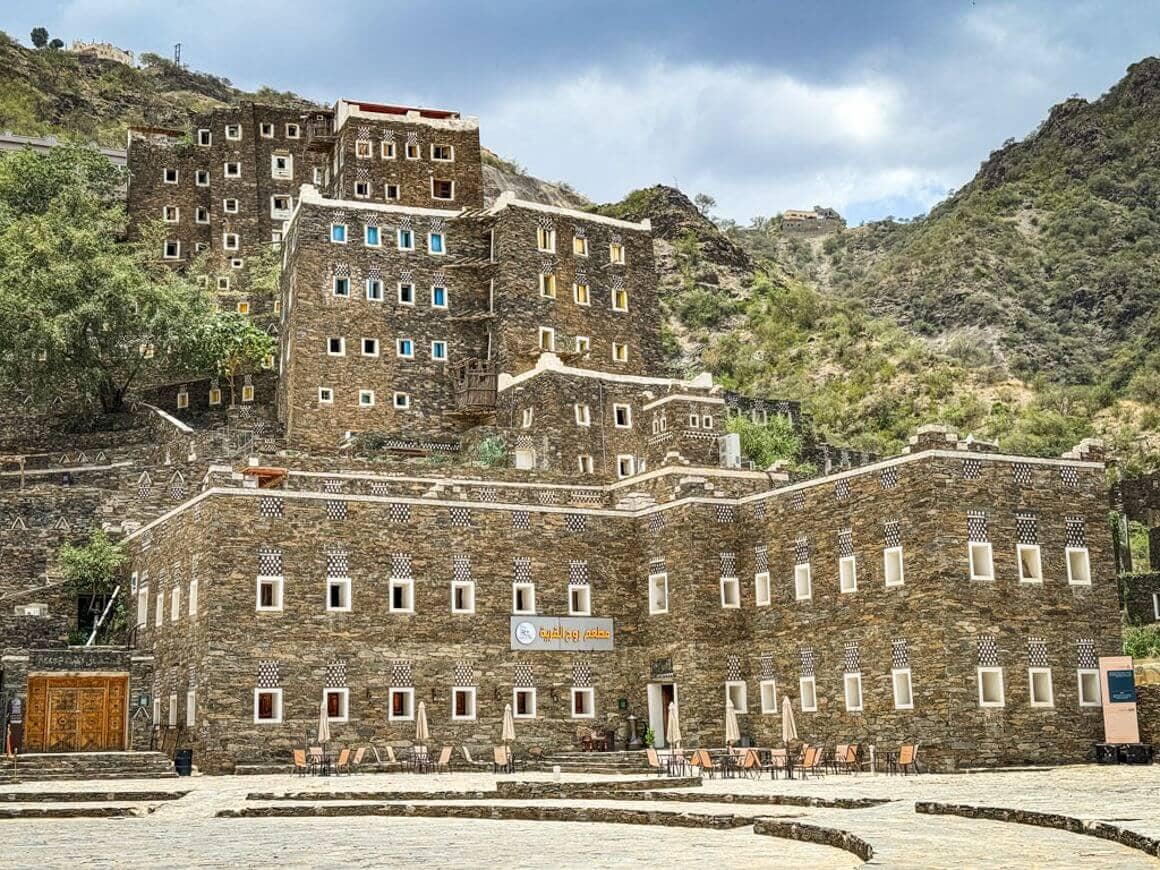
Photo: @storiesbysoumya
When in Abha, plan a day trip to Rijal Almaa, Saudi Arabia’s gingerbread village. Its unique architectural style makes the houses look like gingerbread cookies. Be sure to drop in at the Fatima Museum of Asiri Heritage for a deep dive into the Al-Qatt Al-Asiri art form.
Another beautiful place to visit near Jeddah is the city of Taif. Also known as the City of Roses, Taif is filled with rose farms and factories that you can tour and buy stuff from. The best time to visit is March–April, when the rose plants are in full bloom, and the city celebrates the Taif Annual Rose Festival.
If you’re in the mood to splurge on your Saudi Arabia trip, head to the Red Sea region for a taste of luxury. Saudi Arabia’s Red Sea coast is filled with pristine islands, an extensive barrier reef, gorgeous sand dunes, and uber-luxurious holiday resorts.
When visiting AlUla, spend a couple of days visiting the ancient cities of Khaybar and Tayma, both hidden gems of Saudi Arabia. While Khaybar is a fecund oasis that has risen from the volcanoes, Tayma is known for its 10,000-year-old rock inscriptions.
Drive from AlUla to Riyadh and stop at Hail on the way. Located at the edge of the Al Nafud Desert, the city of Hail is home to many historic palaces, mosques, museums, and hiking trails. The centuries-old rock art in the Hail region at Jabel Umm Sinman and Jabal al-Manjor is especially striking.
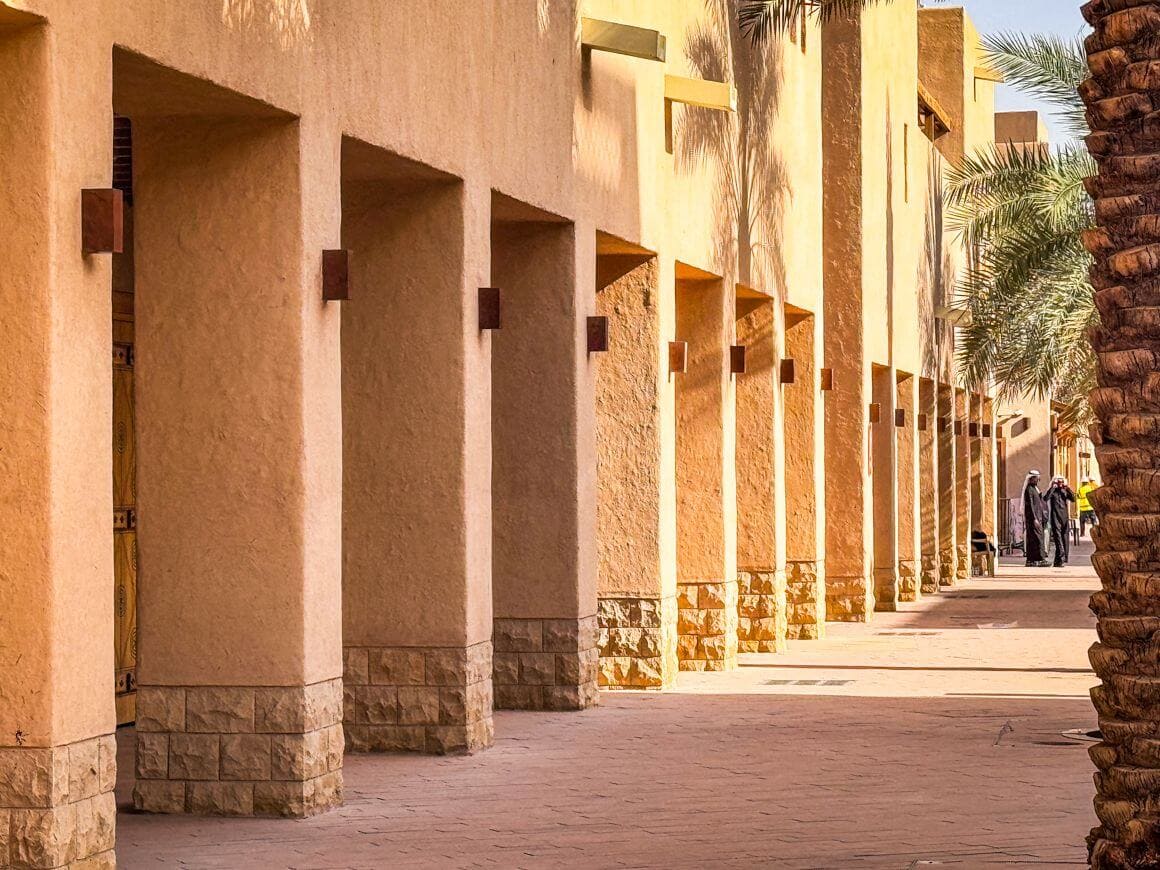
Spend some more days in Riyadh and plan a day trip to the quaint Najdi village of Ushaiqer. Camp at the Al-Waba Crater and quad bike across the Red Sands. Take the train to Dammam on the eastern coast and visit the manmade Al Marjan Island, stroll along the Dammam Corniche, and immerse yourself in local culture at the iconic Ithra Museum.
Plan a hike across Rub’ al Khali or the Empty Quarter. Stretching to infinity, the Empty Quarter is one of the most challenging yet exciting places to trek in the world. Go with a tour guide if you do not want to get lost!
Best Places to Visit in Saudi Arabia
There are a few key places to visit while backpacking in Saudi Arabia. These are my top suggestions for the best places to visit and why:
Backpacking in AlUla
One of the best places to visit in Saudi Arabia is the Ancient City of AlUla, which is home to several heritage sites, including the UNESCO-listed Hegra.
Hegra, often called the sister city of Petra in Jordan, has over 100 monumental rock-cut Nabataean tombs. Dating to the 1st century, these tombs, adorned with intricate carvings, were once the burial sites of the Nabataean elite. Do not miss the majestic Qasr al-Farid, a lonely tomb that stands apart from the rest and has now become the AlUla icon.
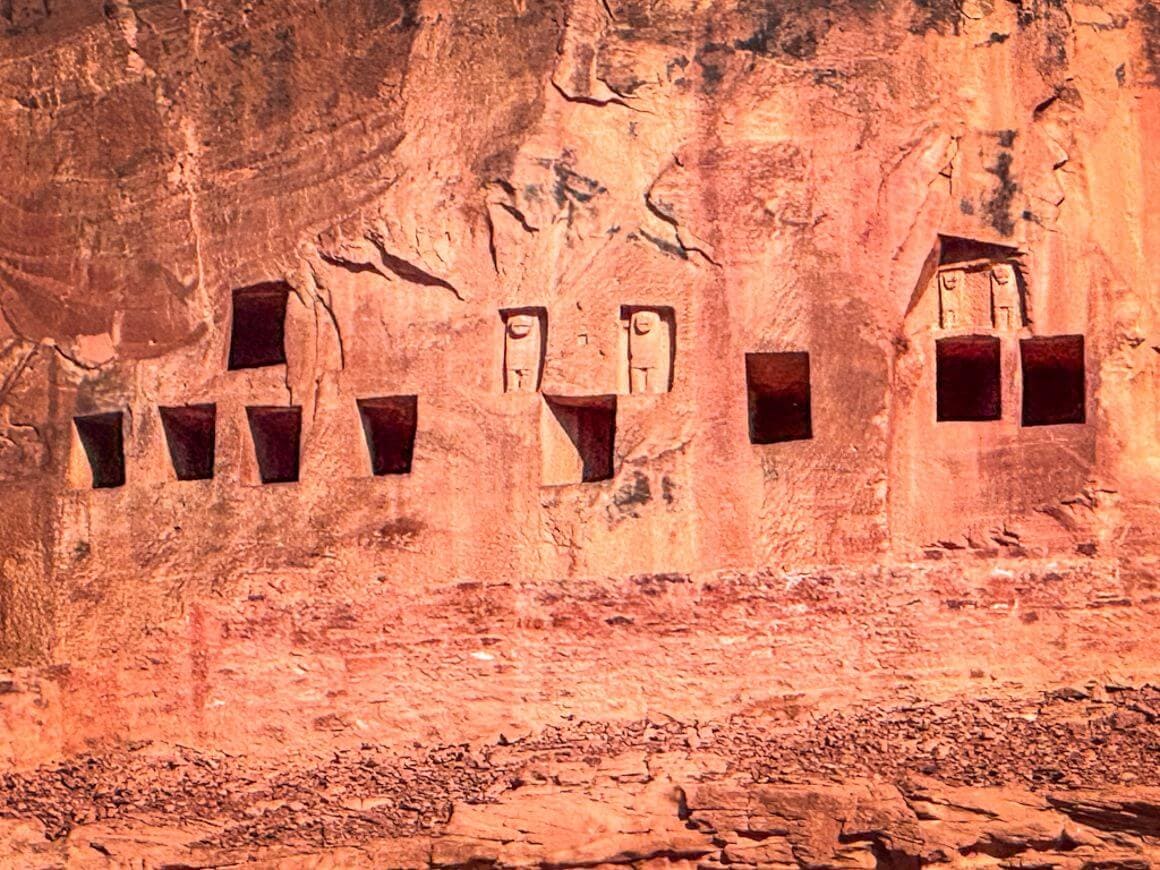
Photo: @storiesbysoumya
Apart from Hegra, there’s lots of other interesting stuff to do in AlUla, such as visiting the Lion Tombs of Dadan, checking out Jabal Ikmah’s prehistoric rock art, marveling at incredible rock formations such as the Elephant Rock, camping under the stars, riding a hot air balloon over AlUla’s Martian landscape, and joining a guided tour of the Old Town filled with local handicraft stores and atmospheric cafes.
Backpacking in Riyadh
I live in Riyadh, the capital of Saudi Arabia, and it is one of my favorite cities in the Middle East. With so much to see and do, you can easily spend a week there without getting bored.
Riyadh is one of the fastest-growing cities in the world today, but its history dates back to medieval times. Therefore, in Riyadh, you’ll find ancient forts and palaces alongside tall skyscrapers and avant-garde metro stations.
Be sure to visit the 992-feet-tall Kingdom Tower for stunning views of the city and check out the unique architecture of the KAFD and Qasr al-Hokm metro stations.
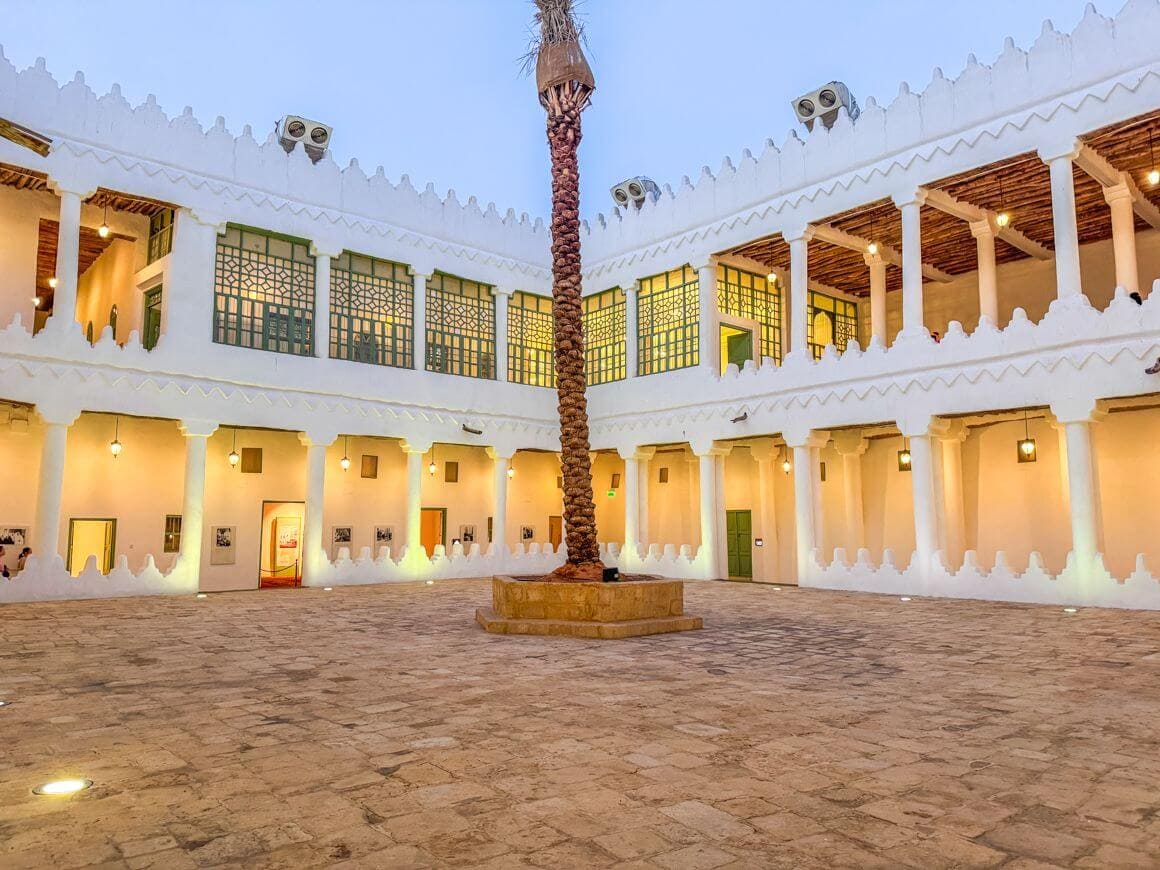
Photo: @storiesbysoumya
If you’d like to immerse yourself in the history and architecture of Old Riyadh, head to the Dirah area. Here, you can visit the Murabba Palace, Al Masmak Fortress, National Museum, and several souks, including the famous Souk Al Zal.
The region around Riyadh is full of beautiful and rugged hiking trails—information on them is under the Unique Experiences section.
Riyadh Season, the city’s flagship winter entertainment event, usually occurs from mid-October to mid-March and includes fun theme parks, cultural displays, and sports championships.
Backpacking in Diriyah
If you’re in Riyadh, do not forget to visit the UNESCO-listed Historic City of Diriyah, where the Kingdom of Saudi Arabia was born in the 18th century. Located just 30 minutes from Riyadh’s city center, Diriyah is home to several museums, stunning buildings in Najdi architectural style, and boutique souvenir stores.
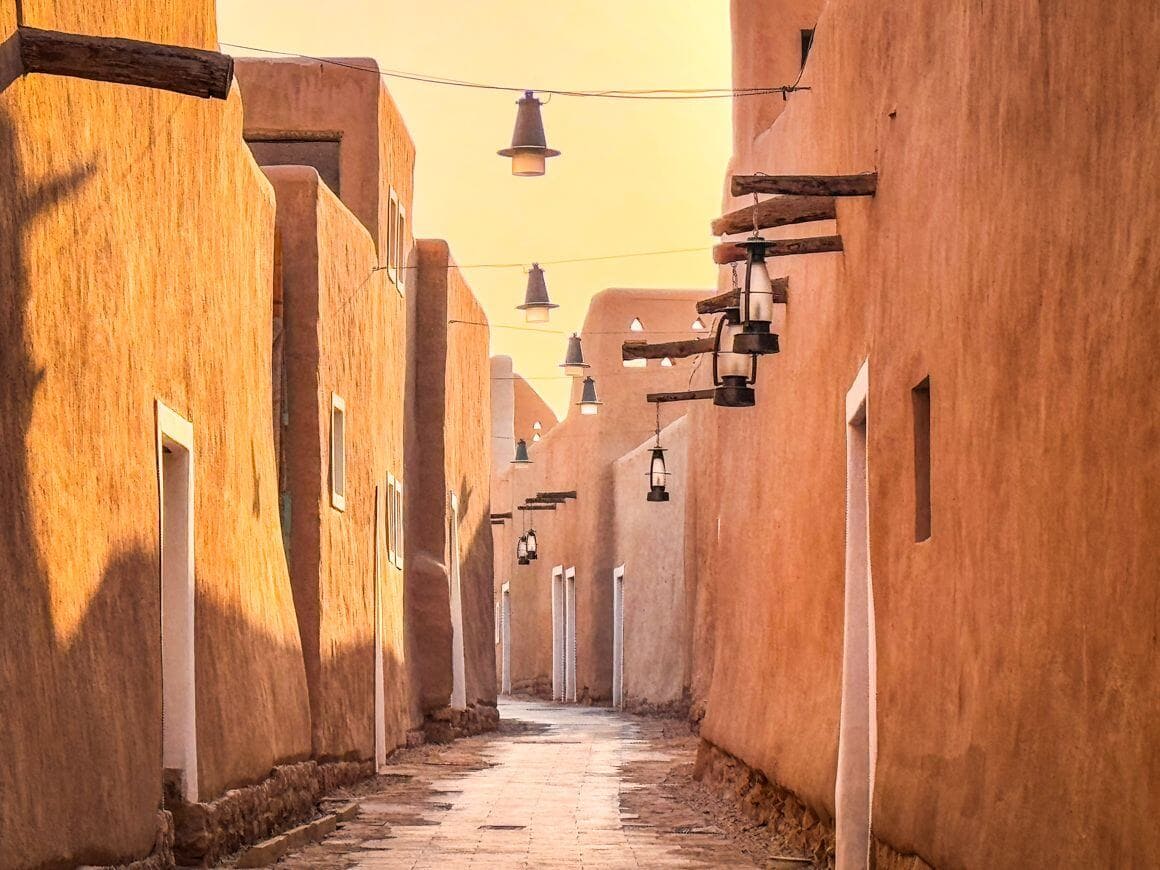
Photo: @storiesbysoumya
Walk through the narrow lanes of the At-Turaif Neighborhood and discover traditional mudbrick houses featuring colorful Najdi doors and windows. Then, visit the Diriyah History Museum, the Military Gallery, and the Arabian Horse Museum to learn more about the region’s history and culture.
Head to Bujairi Terrace, located right across the street from At-Turaif, and enjoy a delightful Arabic dinner at Somewhere Restaurant.
Backpacking in Jeddah
Jeddah, Saudi Arabia’s port city on the Red Sea Coast, has been an important trading and pilgrimage center for the country since antiquity and, therefore, a melting point of cultures.
The city boasts beautiful mosques like the Floating Mosque of Al Rahma, a lively waterfront called the Jeddah Corniche filled with art installations and sculptures, and the iconic King Fahd Fountain, which is over 1,000 feet tall.
The Old Town of Jeddah, known as Al Balad District, is dotted with historic mansions featuring intricately carved windows called Rawasheen. This UNESCO World Heritage Site is also home to vibrant, bustling souks like Qabil Street, Al Alawi Souk, and Bawadi Market.
If you’re looking for adventure in Jeddah, head to Moon Valley, which offers incredible camping and hiking opportunities. Diving and snorkeling to discover lost shipwrecks and unique marine life in the Red Sea are also popular activities. There are loads of amazing things to do in Jeddah.
Backpacking in Taif
Taif, located in the Sarat Mountains in the Mecca Province, is one of the coolest places in the country.
The city is well known for its fragrant Damask roses and numerous rose factories, earning it the moniker of the City of Roses. Rose production in Taif was recently incorporated into the UNESCO Intangible Cultural Heritage list.
Visit here in spring (March – April) to experience the Taif Rose Festival, take a rose factory tour, and enjoy the beauty of the flowers.
Other unmissable things to do in Taif include visiting the beautiful 20th-century Shubhra Palace, riding the Taif Cable Car, and trekking to the bottom of the stunning Al-Wabhah Crater.
Backpacking in The Empty Quarter
Perhaps the most unique and mysterious place to visit in Saudi Arabia is Rub’ al Khali, or the Empty Quarter. Covering a large part of southern Saudi Arabia and stretching into Yemen, Oman, and the UAE, Rub’ al Khali is the second-largest hot desert in the world.
A significant part of Rub’ al Khali is filled with ergs, sand dunes, and remote valleys, with some rare prehistoric sites like Bir Hima bordering the western edge.
It is extremely dangerous to explore the Empty Quarter on one’s own, though many intrepid travelers have done so lately. It is best to sign up for a guided tour with a reliable local tour company so that you don’t get lost in the vast desert of Rub’ al Khali.
When you search for Empty Quarter tours on the internet, you’ll mostly find Oman tour companies offering them. Lately, a few Saudi companies, like Abha Trips, have also started offering similar tours.
Getting Off the Beaten Path in Saudi Arabia
As you’ve got a local to show you the ways, I’ve got quite a few off-the-beaten-path spots for you to visit. Take notes of these places to make your time backpacking in Saudi Arabia even better:
Abha
Located in the Asir Mountains of southwestern Saudi Arabia, Abha is a beautiful hilltop town full of natural and cultural attractions.
Abha is home to thousands of jacaranda trees that bloom every spring in April–May, painting the town purple. Some of the best places to see the jacaranda flowers in Abha are Art Street, Abu Kheyal Park, and Andalus Park.
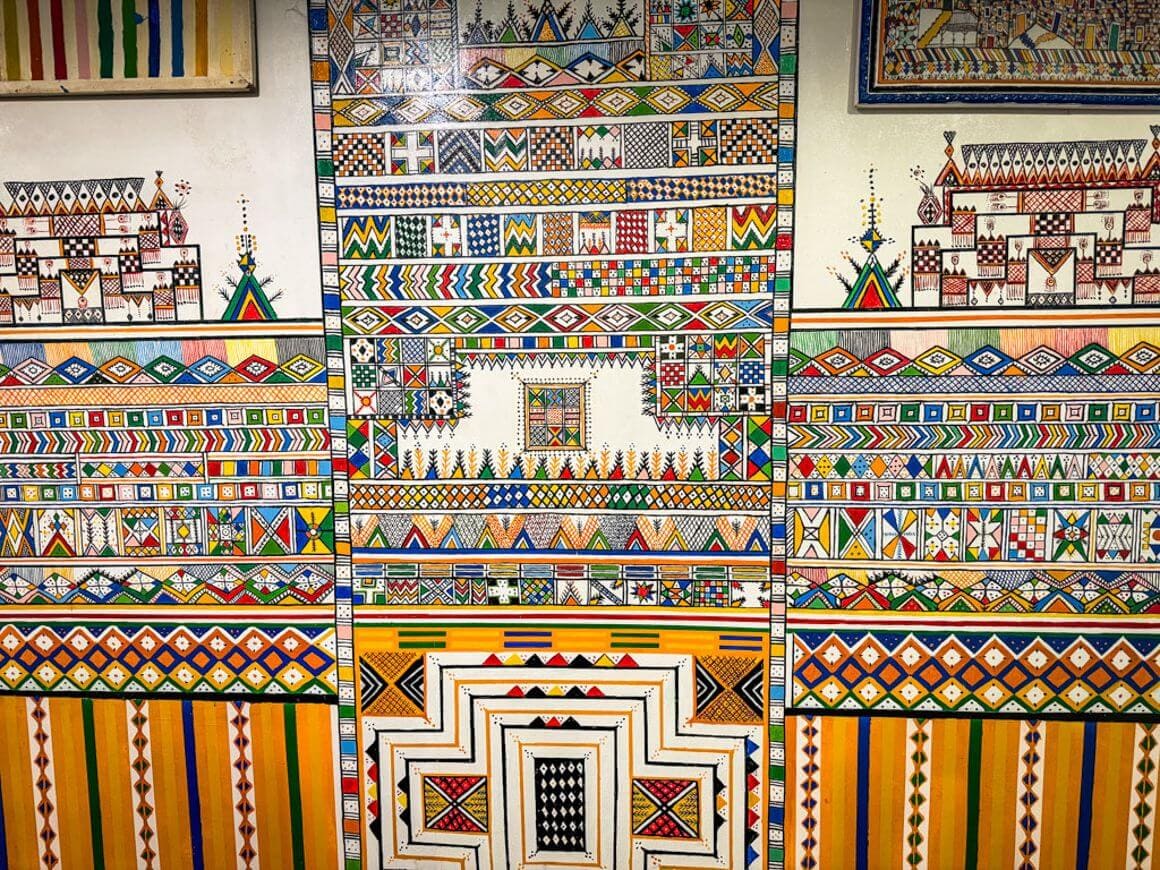
When in Abha, do not miss visiting the Fatima Museum of Asiri Heritage, which houses a large collection of Al-Qatt Al-Asiri paintings, the Al Basta Heritage District, the traditional Asiri houses of Al Muftaha Village, and the local market.
Rijal Almaa
Since we are already talking about the Asir Mountains, let me tell you about another hidden gem from this region – the Gingerbread Village of Rijal Almaa.
Located in a lush green valley, Rijal Almaa is a tiny village with a centuries-old history. It served as a trading hub between Yemen and the Levant. As money flowed in, locals built massive fortress-like houses from stone and clay in traditional Asiri style. Rijal Almaa’s brown-colored mansions, featuring tiny windows with white borders, look like cute gingerbread cookies.
One of the best-preserved mansions is the Al Elwan Fort, which houses the Rijal Almaa Museum, offering rich insights into the life, art, and culture of locals.
Edge of the World
Often visited as a day trip from Riyadh, Edge of the World is a sharp, plunging cliff in the Tuwaiq Mountains and a great place for hikers and nature lovers.
Tour vehicles will take you to the parking lot, from where you have to walk a little bit to reach the edge of the cliff. The stunning views of the desert and the deep valley below are well worth the visit.
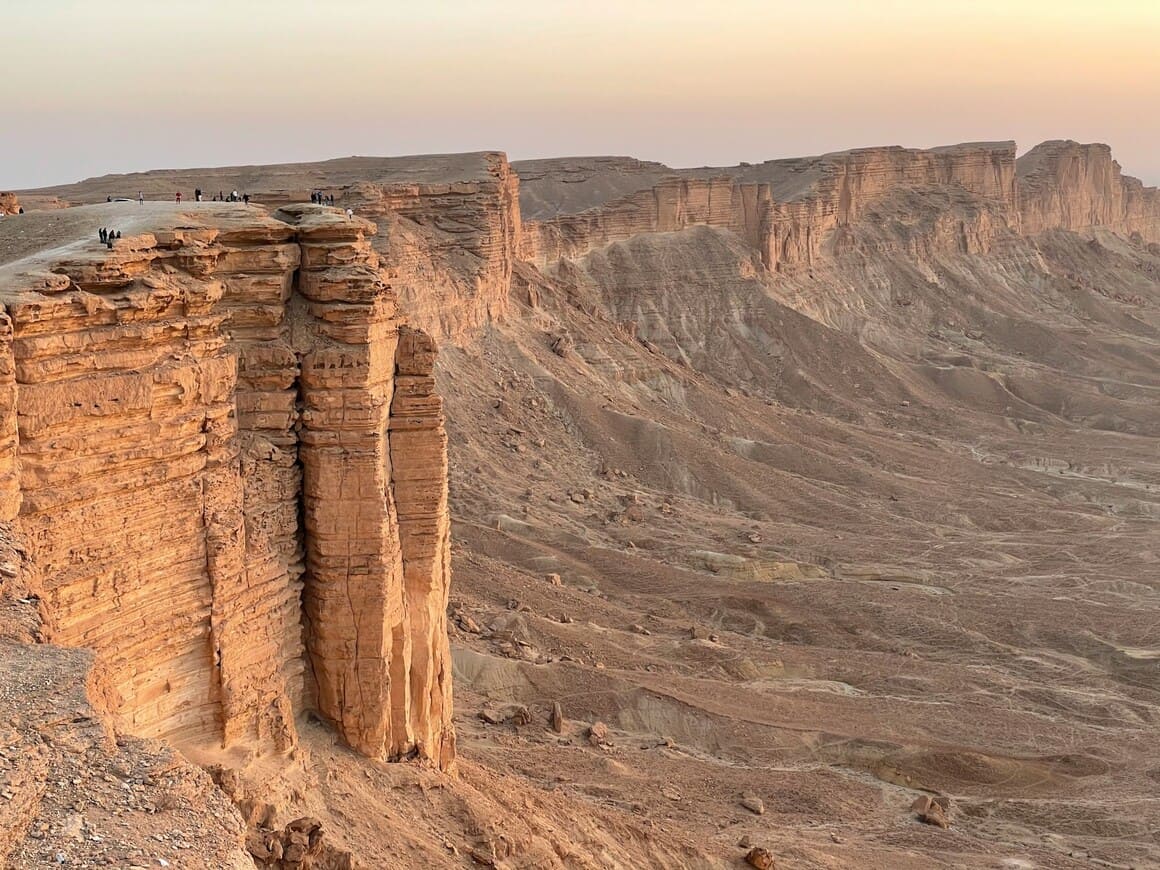
Edge of the World is literally in the middle of the desert, with no convenience store or mobile network coverage. So, the best way to visit this place is with a trusted local guide from Riyadh. You can also drive there yourself. But make sure you get back before sunset, after which it becomes very difficult to figure out the way in the desert.
Ushaiqer Heritage Village
Located just 200 km northwest of Riyadh, Ushaiqer was once a thriving settlement in Central Saudi Arabia and a much-needed halting station for pilgrims coming from Iraq and Kuwait. Today, it is a maze of deserted alleys and mud houses.
A part of Ushaiqer has now been converted into a heritage village. It features beautiful Najdi-style brown and yellow houses adorned with attractive wooden doors and windows and repetitive triangular perforations.
The Al Salem Museum, which has a decent display of local utensils, embroidered clothing, weapons, and jewelry, is also unmissable.
Khaybar & Tayma
Two beautiful but lesser-known places in Saudi Arabia are the ancient villages of Khaybar and Tayma. Both are located about an hour each from AlUla, yet they hardly see any tourists.

The oasis of Khaybar has a unique black landscape because of the presence of volcanoes in the region, which has given birth to incredible biodiversity, freshwater springs, and stunning valleys. Khaybar also holds great religious significance because Prophet Muhammad and his armies conquered the area in the 7th century.
Tayma is another oasis town that’s known for its archeological sites, many of which date back to antiquity, Thamudic, Nabataean, and Aramaic inscriptions, and 10,000-year-old rock carvings.
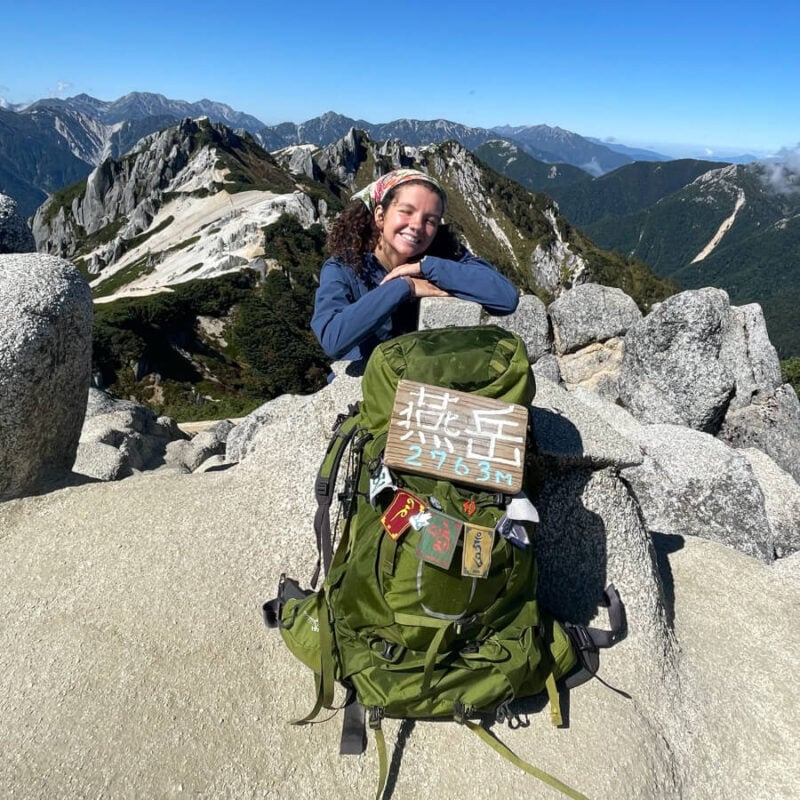
We’ve tested countless backpacks over the years, but there’s one that has always been the best and remains the best buy for adventurers: the broke backpacker-approved Osprey Aether and Ariel series.
Want more deetz on why these packs are so damn perfect? Then read our comprehensive review for the inside scoop!
View on OspreyTop Things to Do in Saudi Arabia
Saudi Arabia is full of amazing places and stunning world heritage sites. The best part is that most of them are still hidden gems and attract very few tourists every year. So there is a high chances of finding that UNESCO site all to yourself.
Here’s my top pick of the best things to do in Saudi Arabia:
1. Dig into history at AlUla
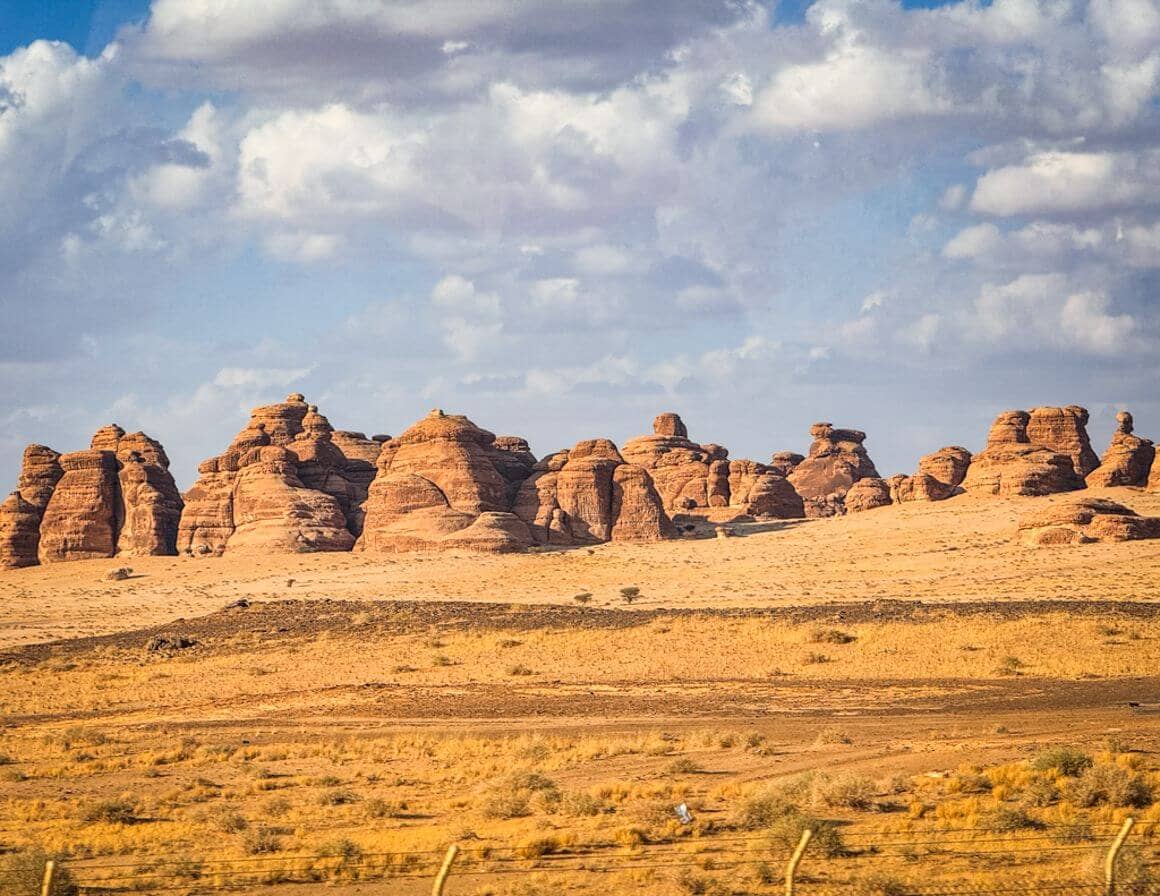
History buffs will enjoy a trip to AlUla, the ancient Nabataean city that looks very much like Petra, but without the crowds. Marvel at the towering tombs of Hegra, decipher rock art and inscriptions in Jabal Ikmah, admire the lion tombs of Dadan, and camp under the stars in the stunning desert landscape of AlUla.
2. Stroll through Jeddah’s Old Town
Al Balad District, or Jeddah’s Old Town, a UNESCO World Heritage Site, is the perfect getaway for architecture and culture lovers. Walk through its labyrinthine alleys, step into one of Jeddah’s medieval mansions, check out their delicately carved windows called Rawasheen, and shop at the colorful souks.
3. Marvel at the desert architecture of Najd
Najd, the central region of Saudi Arabia, gets extremely hot in the summer. Over centuries, the people of Najd have developed a unique architectural style to cope with unbearably high temperatures, dust, and hot winds.
This is called the Najdi architecture and features interesting elements such as triangle perforations at the top of walls to allow ventilation, narrow walking lanes, wide open courtyards, and beautiful doors and windows. Visit Diriyah, Ushaiqer, and Old Riyadh to get a firsthand feel of Najdi architecture.
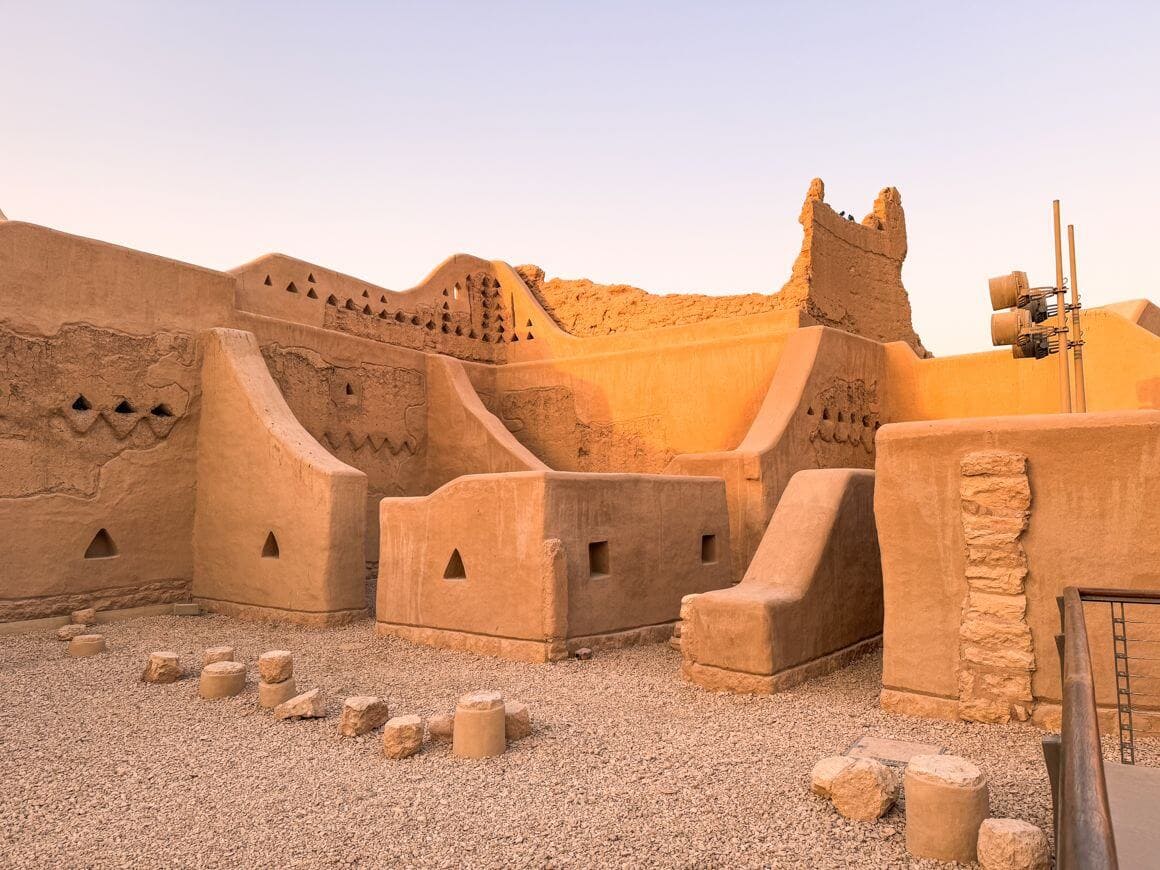
4. Go on a rose farm tour in Taif
If you’re visiting in spring, then you have to do a rose farm tour in Taif, the Rose Capital of Saudi Arabia. Do not miss the Rose Festival in Taif, where hundreds of vendors and farmers showcase their rose produce and finished products.
5. Dive in the Red Sea
Dive into the Red Sea off the coast of Jeddah and discover the stunning marine life of the region. The Red Sea, still untouched and pristine, is home to some of the rarest sea animals and fish, such as the Black Marlin and Napoleon fish, and lost shipwrecks, such as the Cable Wreck near Abu Tair Island.
6. Visit the gingerbread mansions of Rijal Almaa
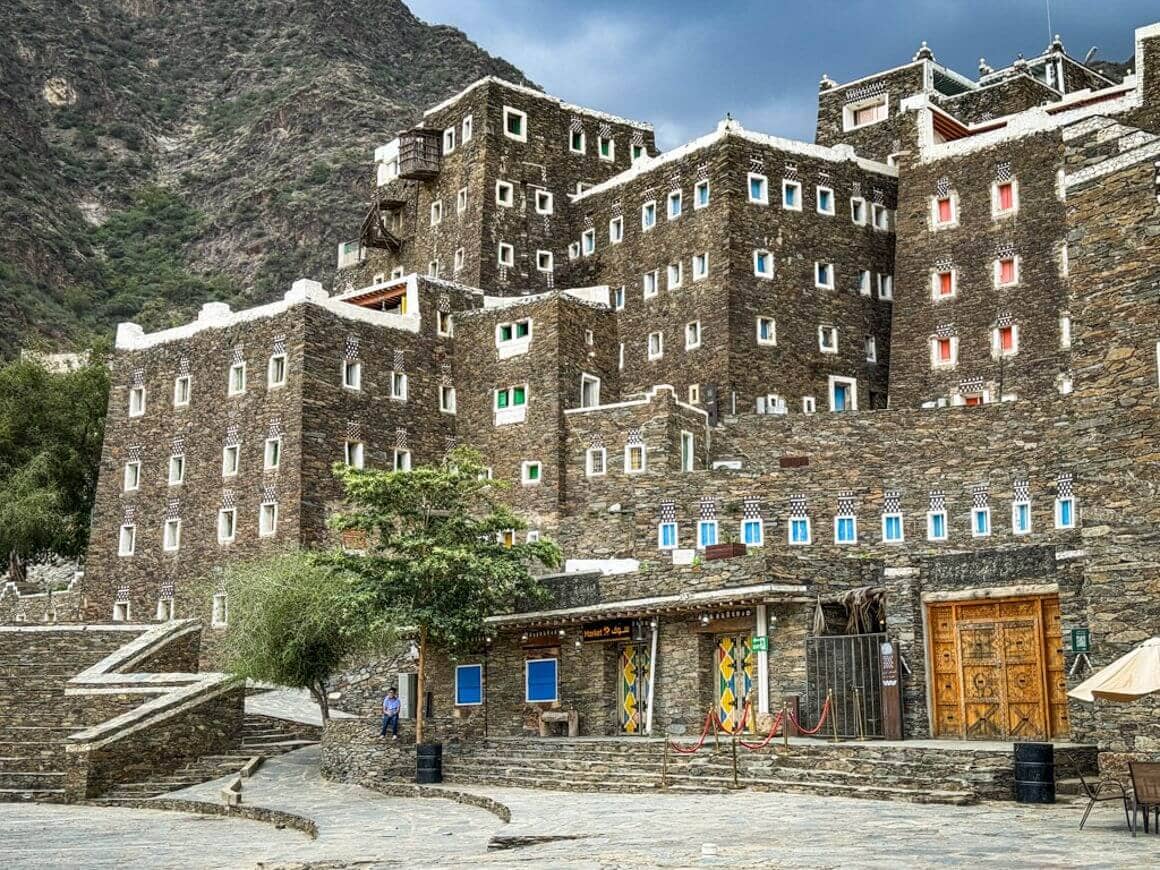
Head to the tiny village of Rijal Almaa in southern South Arabia and check out its collection of beautiful gingerbread mansions. Made of stone and mud and windows trimmed in white and yellow, these medieval houses look straight out of a fairytale.
7. Learn about Saudi history at Diriyah
Visit Diriyah near Riyadh and learn how the Kingdom of Saudi Arabia was formed in the 18th century. Step into Diriyah’s eclectic museums, including one on Arabian horses, and immerse yourself in local history and culture.
8. Camp in the Empty Quarter
Looking for an out-of-this-world adventure? Camp in the vast expanse of the Empty Quarter, one of the world’s largest deserts.
9. Check out the futuristic buildings of Saudi Arabia
Fan of modern architecture? Saudi Arabia is home to many swanky skyscrapers and iconic monuments such as the Kingdom Tower in Riyadh, Ithra Tower in Dhahran, Maraya in AlUla, King Fahad’s Fountain in Jeddah, and the upcoming Line in Neom.
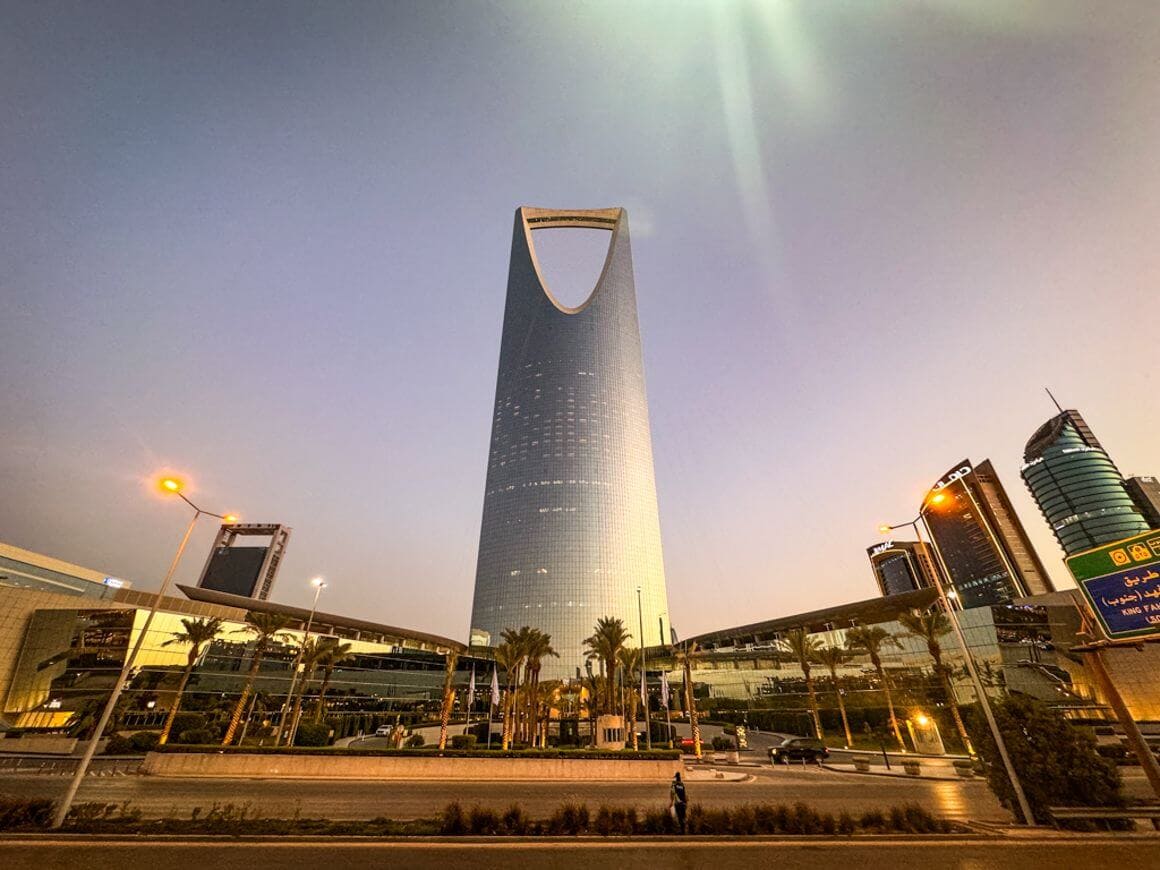
Photo: @storiesbysoumya
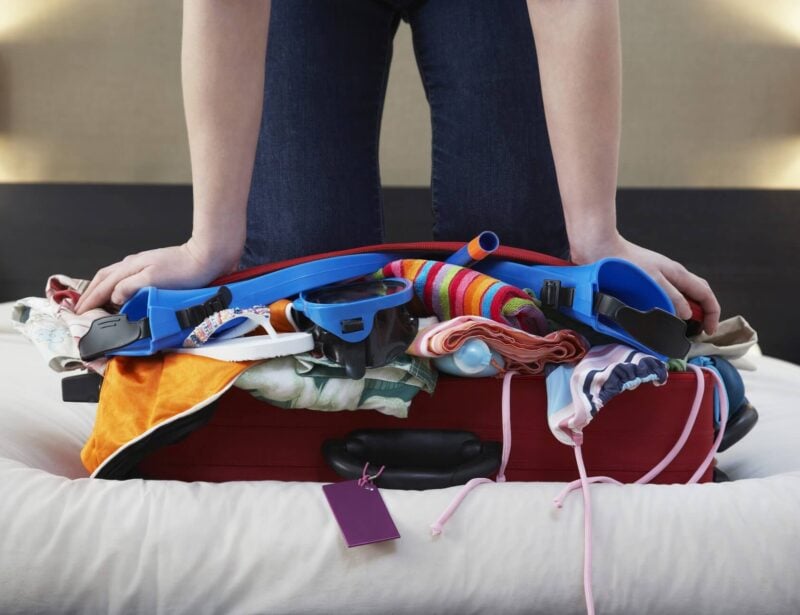
Wanna know how to pack like a pro? Well for a start you need the right gear….
These are packing cubes for the globetrotters and compression sacks for the real adventurers – these babies are a traveller’s best kept secret. They organise yo’ packing and minimise volume too so you can pack MORE.
Or, y’know… you can stick to just chucking it all in your backpack…
Get Yours Here Read Our ReviewAccommodation in Saudi Arabia
Tourism is still in its very nascent stages of development in Saudi Arabia. Therefore, it may not always be possible to find budget-friendly accommodation, especially in far-flung places like AlUla and Abha. Hostels are hard to come by, although it is becoming increasingly easier to book apartments and Airbnbs around the country.
The Best Places to Stay in Saudi Arabia
| Destination | Why Visit | Best Hotel | Budget Hotel |
|---|---|---|---|
| Jeddah | Jeddah is the happening port city of Saudi Arabia. Come here for the history, architecture, and food. | The Ritz Carlon Jeddah | Warwick Hotel |
| AlUla | AlUla is Saudia Arabia’s Nabataean star. Filled with majestic tombs, ancient rock art and mind-blowing landscapes, AlUla promises an unforgettable experience. | Our Habitas AlUla Dar Tantora The House Hotel | Friday Suites |
| Riyadh | Riyadh is the capital city and the most happening place in Saudi Arabia. Enjoy wandering through the old town, soak up Saudi history in Diriyah, and check out stunning views from the top of skyscrapers. | VOCO – Riyadh by IHG | Ibis Riyadh Olaya Street Urban Bunks Hostel |
| Abha | Abha is located in the mountains and blessed with pleasant weather throughout the year. Come here for the jacarandas, stay for the art and architecture. | Aman Suites Hotel – ALmhalh | Blue Inn Boutique |
Some Unique Experiences in Saudi Arabia
Here are some unique experiences I’d recommend for your backpacking trip to Saudi Arabia:
Hiking in Saudi Arabia
Saudi Arabia is a country of diverse landscapes. The country’s mountains, rocky plateaus, and beautiful valleys, often interspersed with ancient ruins, offer an abundance of hiking opportunities.
You’ll love hiking in the Asir Mountains, which are full of lush forests and green spaces. The Fog Walkway, located in the Al-Dabab neighborhood of Abha, is about 7 km long and quite popular with tourists.
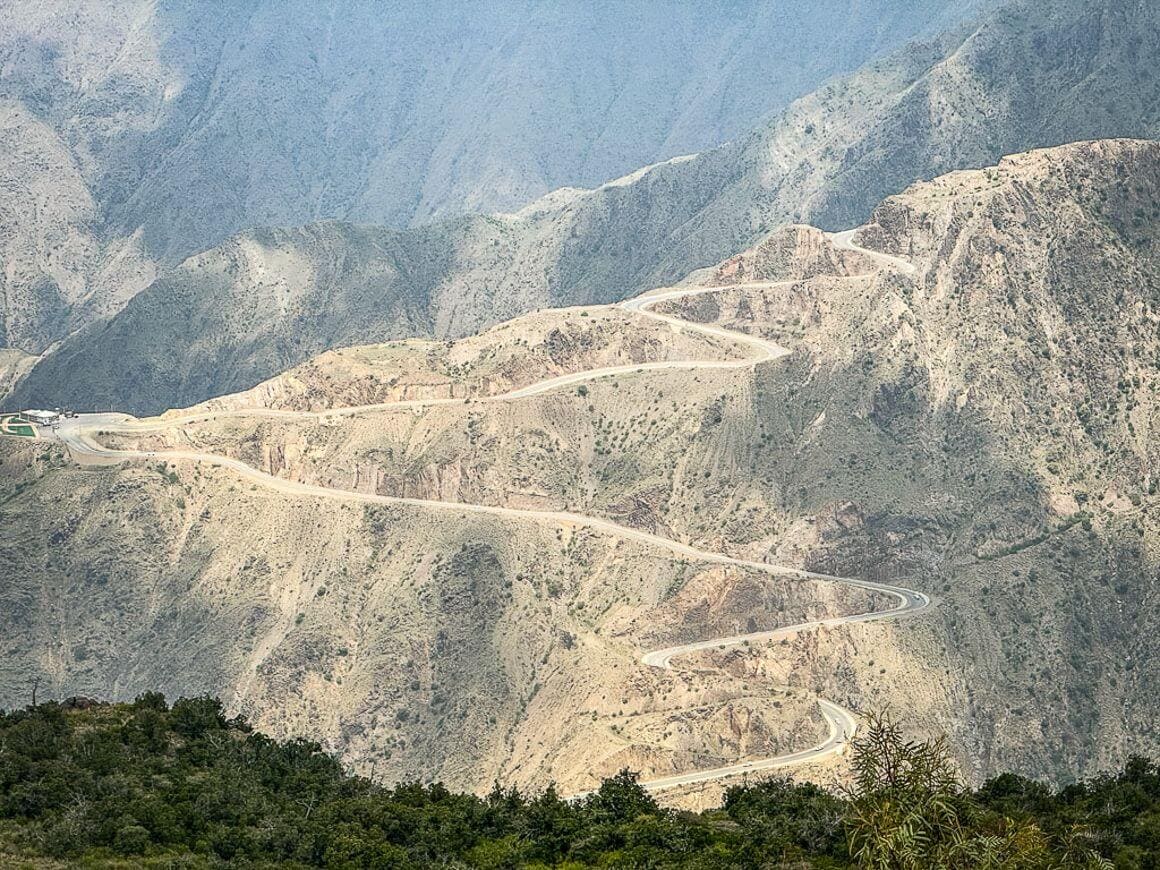
The rocky plateau on which Riyadh is situated is also a popular hiking destination. There’s even an official Hiking Trails and Trips Association, where you can find lots of information about hiking trails in and around the capital city. They are continuously adding information about trails from other parts of Saudi Arabia.
One of the most challenging hiking destinations in the world is the Empty Quarter, which is spread over Saudi Arabia, Oman, and Yemen. Hire a tour guide and plan a life-changing journey through this beautiful, never-ending desert.
Immersive Local Experiences in Saudi Arabia
Much of Saudi Arabia’s rich culture is still unknown to the rest of the world. One of the best ways to experience it is by signing up for a food tasting session like the Interactive Saudi Cuisine and Cultural Experience in Riyadh, or art workshops like this Al-Qatt art workshop in Abha, or a training program at Madrasat Addeera in AlUla.
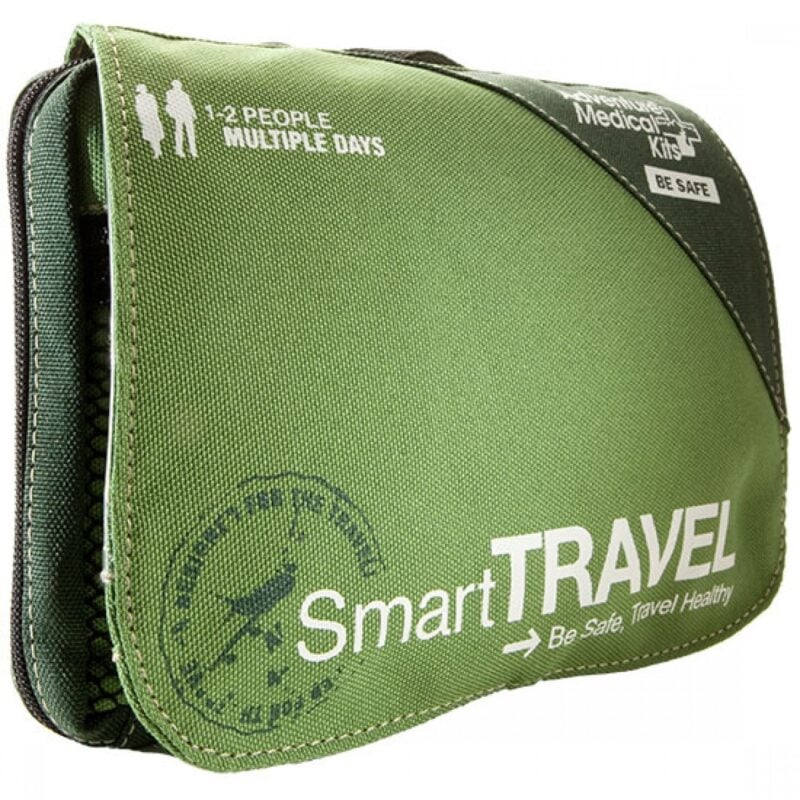
Things go wrong on the road ALL THE TIME. Be prepared for what life throws at you.
Buy an AMK Travel Medical Kit before you head out on your next adventure – don’t be daft!
Buy on REISaudi Arabia Travel Costs
A Daily Budget in Saudi Arabia
| Expense | Broke-Ass Backpacker | Frugal Traveller | Creature of Comfort |
|---|---|---|---|
| Accommodation | $40 | $60 | $100+ |
| Transport | $5-$20 | $30 | $50+ |
| Food | $5-$10 | $15-$20 | $50+ |
| Nightlife Delights | $5-$10 | $10-$30 | $100+ |
| Activities | $0-$10 | $15-$20 | $50+ |
| Total per day: | $55-$90 | $130-$160 | $350+ |
Money in Saudi Arabia
The currency of Saudi Arabia is the Saudi Riyal (SAR). ATMs are abundant and accept all VISA and Master cards. Withdrawals are usually free.
You can use your card at most restaurants, supermarkets, and stores in Saudi Arabia. However, smaller shops and restaurants may not accept cards—they only accept the Mada card, which is the national payment system here. It is best to have some cash on you if you’re headed to smaller places.
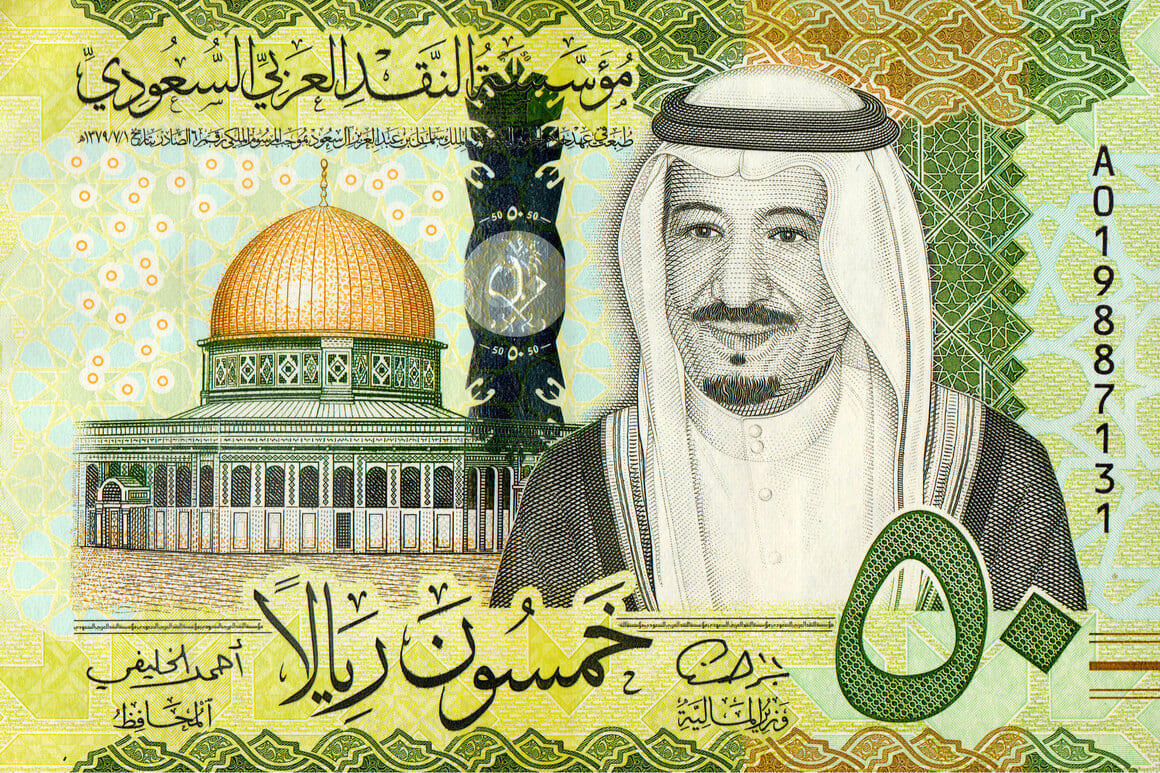
Tipping isn’t common in Saudi Arabia unless you dine at a very upscale restaurant. A bit of haggling is welcome if you’re shopping at local souks.
For all matters of finance and accounting on the road, The Broke Backpacker strongly recommends Wise – The Artist Formerly Known as Transferwise! Our favourite online platform for holding funds, transferring money, and even paying for goods, Wise is a 100% FREE platform with considerably lower fees than Paypal or traditional banks.
And yes, it’s even better than Western Union!
Travel Tips – Saudi Arabia on a Budget
Saudi Arabia is definitely not a cheap travel destination. Tourism is still picking up, and it is hard to find budget-friendly accommodation and activities. However, there are certain areas, like food and travel, where you can save money using the tips below.
- Use public transport wherever available. Riyadh has an amazing bus and metro network, and Jeddah has a pretty good bus system, too.
- Use trains instead of flights whenever possible. Although Saudi Arabia doesn’t have an expansive railway network, it does have pretty decent train connections, such as the ones from Riyadh to Dammam and Jeddah to Mecca/Medina.
- Stay in bigger cities like Riyadh and Jeddah and take day trips to nearby places. Accommodation and food are cheaper in these cities.
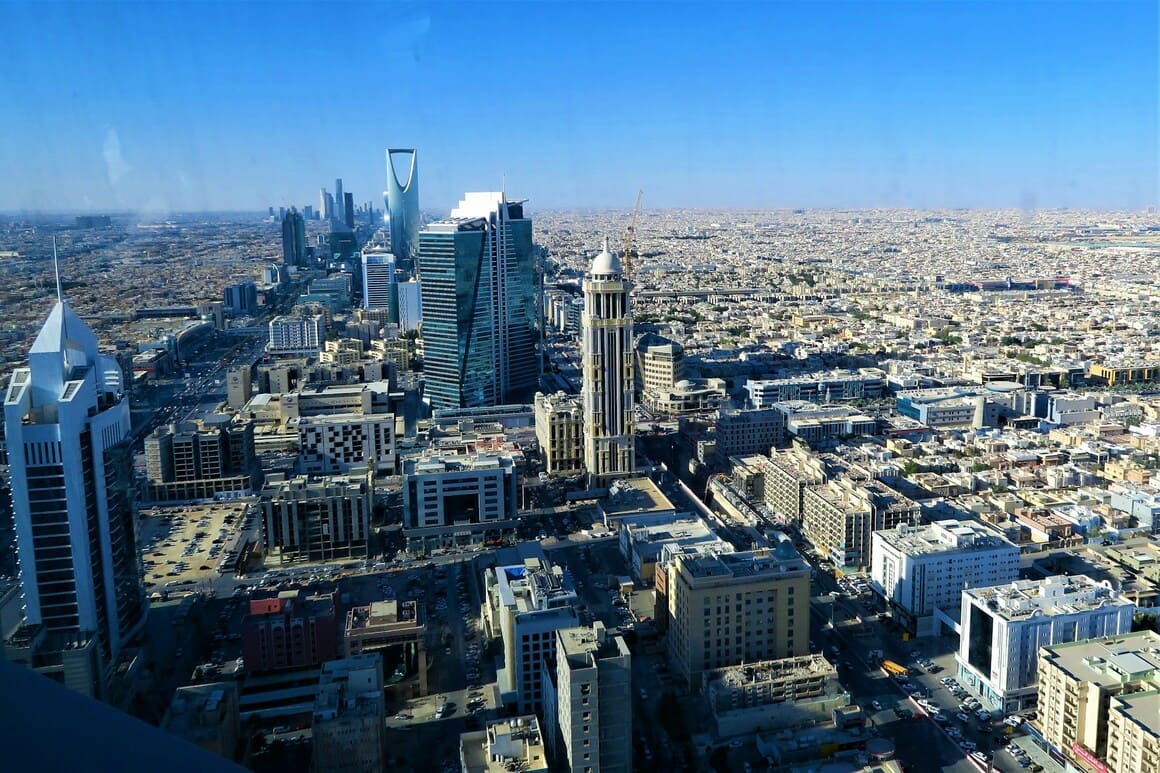
- Save on food expenses by eating at smaller eateries such as Indian and Pakistani food joints instead of opting for posh restaurants. Opt for shawarmas, falafels, kabsa, and Al Baik fried chicken instead of elaborate dinners.
- Check out free attractions in every city. Riyadh’s National Museum and the Old Town, Jeddah’s Al Balad District and Corniche, and AlUla’s Old Town are all free to explore.
- Don’t plan anything for Fridays in Saudi Arabia. Fridays are important days for prayers, and nothing is open until late in the afternoon, say 4-5 p.m. Chill and rest during the day and go out in the evening. Also, Friday and Saturday are weekends in Saudi Arabia, unlike Saturday and Sunday in the rest of the world.
- Avoid visiting during the month of Ramadan because almost everyone fasts during that time, and restaurants are closed during the day. It is hard to find anything to eat. However, evenings are festive, and iftar parties are grand if you manage to get invited to one.
Why Should You Travel to Saudi Arabia with a Water Bottle?
Plastic washes up on even the most pristine beaches… So do your part and keep the Big Blue beautiful.
You aren’t going to save the world overnight, but you might as well be part of the solution and not the problem. When you travel to some of the world’s most remote places, you come to realise the full extent of the plastic problem. And I hope you become more inspired to continue being a responsible traveller.
Plus, now you won’t be buying overpriced bottles of water from the supermarkets either! Travel with a filtered water bottle instead and never waste a cent nor a turtle’s life again.
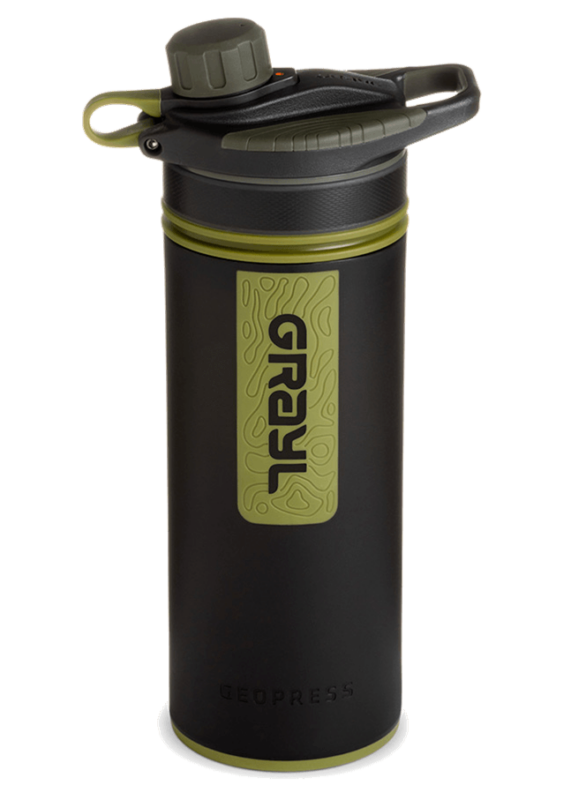
Drink water from ANYWHERE. The Grayl Geopress is the worlds leading filtered water bottle protecting you from all manner of waterborne nasties.
Single-use plastic bottles are a MASSIVE threat to marine life. Be a part of the solution and travel with a filter water bottle. Save money and the environment!
We’ve tested the Geopress rigorously from the icy heights of Pakistan to the tropical jungles of Bali, and can confirm: it’s the best water bottle you’ll ever buy!
View on REI Read the ReviewAnd Speaking of Plastic… Get an eSIM for Saudi Arabia
You know those tiny pieces of plastic you used to use to connect yourself to the internet abroad? Sim Cards, I think they were called? Well, yeah, we’re ditching those as well.

These days, wherever you go in the world an eSIM is by far the best way to stay connected from the minute you land. You can download an eSim before you leave home and then activate it when you are still sitting on the plane waiting to disembark.
You skip all the hassle of trying to figure out different providers and navigating airport prices to make sure you’re not getting scammed.
Of all the many eSim providers out there, we suggest Jetpac. Jetpac works just like an app: you download it, pick your plan, and BOOM! You’re connected before the pilot says you can stand up.
Best Time to Travel to Saudi Arabia
The best time to visit Saudi Arabia is in winter (December – February) when the temperatures are lower and more comfortable for exploring the outdoors. Winter is also the time when cities host various festivals and events, such as the Riyadh Season in Riyadh, Winter at Tantora and the Ancient Kingdoms Festival in AlUla, and the Diriyah Season.
Spring (March – April) and fall (October – November) are also good times because the weather is pleasant in these months, although there might be a bit of rain in some places. Spring is the best time to visit places like Abha and Taif because of the jacaranda, rose, and almond blossoms that these places experience during spring.
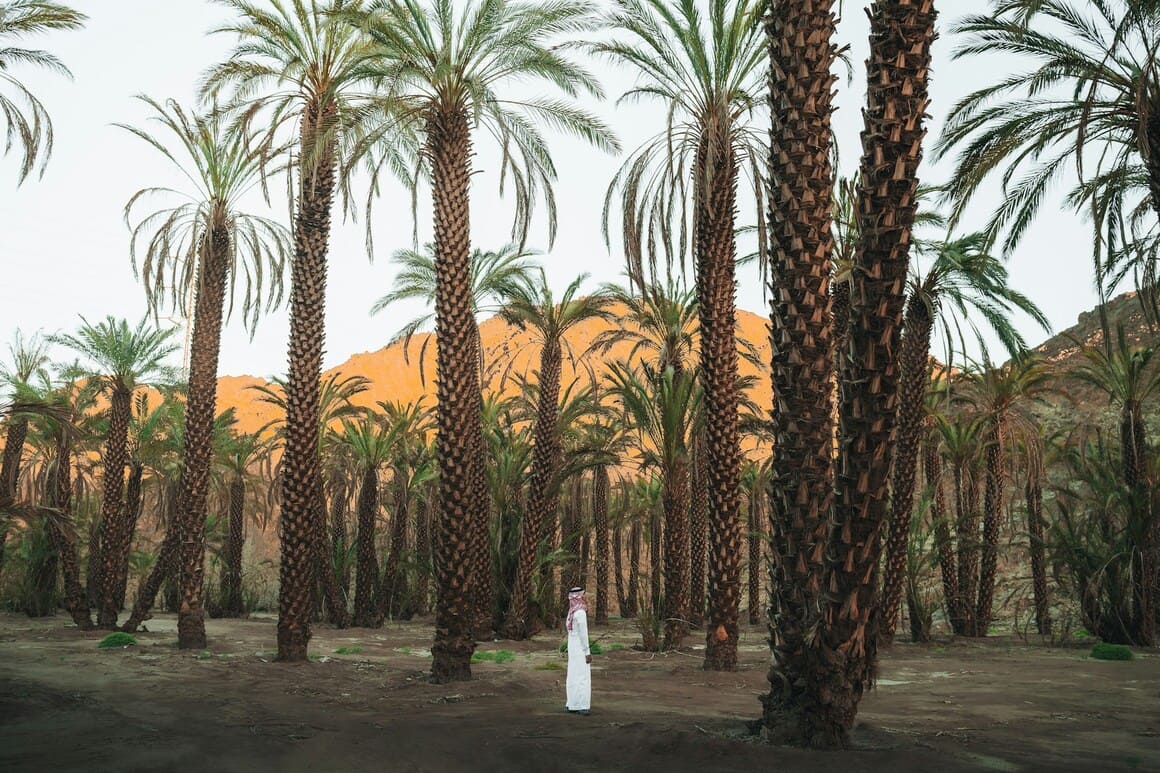
Summer, especially July and August, is an absolutely bad time to visit most places in Saudi Arabia. In Riyadh, temperatures regularly exceed 115°F (46°C). The weather is hot and dry (humidity levels in Riyadh go below 10% in summer), making it impossible to be out and about. If you’re visiting in summer, be sure to stay indoors and keep hydrated.
Avoid visiting during the month of Ramadan because most restaurants are closed during the day, and it is hard to find anything to eat or drink.
What to Pack for Saudi Arabia
Saudi Arabia is a conservative Muslim country that is still very new to modern tourism. Although laws and clothing requirements have changed drastically over the last few years, it is always best to err on the side of modesty when packing for Saudi Arabia.
Jeans, loose pants, long skirts, loose t-shirts and tops, long flowy dresses work best for women. Avoid wearing shorts, tight-fitted tops, and anything sleeveless in public. Be sure to cover your head, shoulders, and knees when entering religious places.
The dressing norms for men are more relaxed, with shorts and sleeveless shirts making frequent appearances nowadays. However, when visiting mosques, please cover your shoulders and knees.
Since most of Saudi Arabia is a desert, it can get really hot in the summer and pretty cold in the winter. Pack light, cotton clothing for summer and a jacket for winter.
Also, get your sunscreen, hat, and water bottle, no matter which season you are visiting.
What to Pack for Saudi Arabia
Wondering what to pack for Saudi Arabia? On every adventure, there are six things I never go travelling without:
Ear Plugs
Snoring dorm-mates can ruin your nights rest and seriously damage the hostel experience. This is why I always travel with a pack of decent ear plugs.
Hanging Laundry Bag
Trust us, this is an absolute game changer. Super compact, a hanging mesh laundry bag stops your dirty clothes from stinking, you don’t know how much you need one of these… so just get it, thank us later.
Sea To Summit Micro Towel
Hostel towels are scummy and take forever to dry. Microfibre towels dry quickly, are compact, lightweight, and can be used as a blanket or yoga mat if need be.
Monopoly Deal
Forget about Poker! Monopoly Deal is the single best travel card game that we have ever played. Works with 2-5 players and guarantees happy days.
Grayl Geopress Water Bottle
Always travel with a water bottle! They save you money and reduce your plastic footprint on our planet. The Grayl Geopress acts as a purifier AND temperature regulator. Boom!
Staying Safe in Saudi Arabia
Saudi Arabia is extremely safe for travel. The crime rate is very low, and even petty crimes are few and far between.
However, I always advise you to be careful and aware of your surroundings. Do not carry too much cash on you or venture into dark, unfamiliar surroundings at night.
If you’re planning a desert trip, be sure to get help from a local or experienced tour guide so that you do not get lost in the desert.
Saudi Arabia is also pretty safe for women travelers. Although your attire and accent may attract curious stares, there is absolutely no uncomfortable staring or catcalling.
Sex, Drugs, and Rock ‘n’ Roll in Saudi Arabia
The purchase and consumption of drugs and alcohol are illegal in Saudi Arabia. I wouldn’t advise doing anything out of the way because punishments are pretty harsh here.
Even without alcohol, nightlife is vibrant in Saudi Arabia. Locals visit shisha lounges and cafes until the early morning hours, and the atmosphere is nothing short of festive.
Saudi Arabia is a Muslim country. Respect local laws and traditions. Engaging in conversation with local women or being friendly with them, if you are not a family member or friend, is not viewed positively here.
Getting Insured Before Visiting Saudi Arabia
Luckily, you do not have to get insurance before visiting Saudi Arabia. The Saudi Visit Visa comes with a medical insurance policy that’s effective as soon as you enter the country. The cost of the insurance is included in the visa cost. However, it’s also important to take out good travel insurance that covers… well, everything else that could go wrong!
Month to month payments, no lock-in contracts, and no itineraries required: that’s the exact kind of insurance digital nomads and long-term traveller types need. Cover yo’ pretty little self while you live the DREAM!
SafetyWing is cheap, easy, and admin-free: just sign up lickety-split so you can get back to work! Click the button below to learn more about SafetyWing’s setup or read our insider review for the full tasty scoop.
How to Get Into Saudi Arabia
Saudi Arabia is easily accessible by flight from several destinations around the world, including the USA, Europe, and many countries in Asia. In case there are no direct flights, you can find a convenient connection via Dubai, Istanbul, or Doha.
The most popular international airports to fly into are Riyadh, Jeddah, Dammam, and Madinah. AlUla and the Red Sea coast also have their own international airports, albeit with limited connectivity.
You can also enter Saudi Arabia through a land border from Bahrain, the UAE, Qatar, and Jordan.
Entry Requirements for Saudi Arabia
You need to obtain a visa in order to visit Saudi Arabia. Depending on your nationality, you can either apply for a visa at one of their visa application centers in your country, obtain an e-visa, or get a visa on arrival. Check out the requirements for your country on the Saudi Arabia official visa site here.
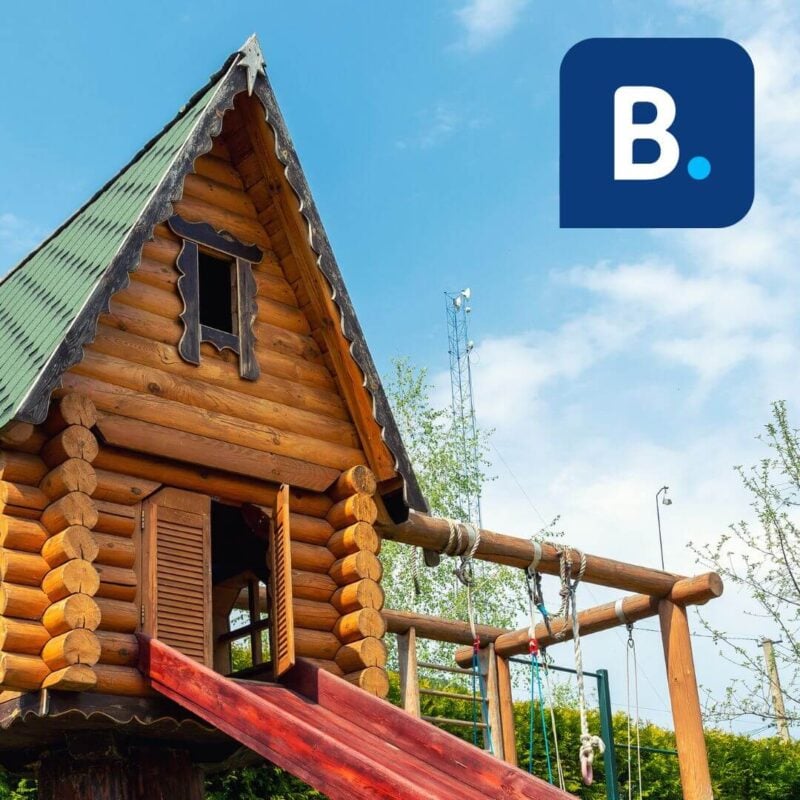
Get 15% OFF when you book through our link — and support the site you love so dearly 😉
Booking.com is quickly becoming our go-to for accommodation. From cheap hostels to stylish homestays and nice hotels, they’ve got it all!
View on Booking.comHow to Get Around Saudi Arabia
Saudi Arabia is the largest country in the Middle East and has some of the best roads flanked by an out-of-this-world desert landscape. You can easily rent a car and explore the country on your own, or take domestic flights within the country and then hire a local taxi to take you around.
Saudia Airlines, the national carrier, Flynas, and Flyadeal provide flights to many destinations within the Kingdom.
Within cities, you can drive, take the metro in Riyadh or the bus in Jeddah and Riyadh, or hail a taxi – Uber and Jeeny are the two most popular cab-hailing services.
Traveling by Train in Saudi Arabia
Saudi Arabia has a well-functioning train network, although it is not as extensive as one would hope.
From Riyadh, you can travel on the East Train to Damman (stops at Hufuf and Abqaiq) and the North Train to Qurayyat (stops at Majmaah, Hail, Qassim, and Jauf). Check out the East and North train schedules here.
Another high-speed train called the Haramain Highspeed Railway connects the holy cities of Mecca and Madinah via Jeddah City and Jeddah Airport.
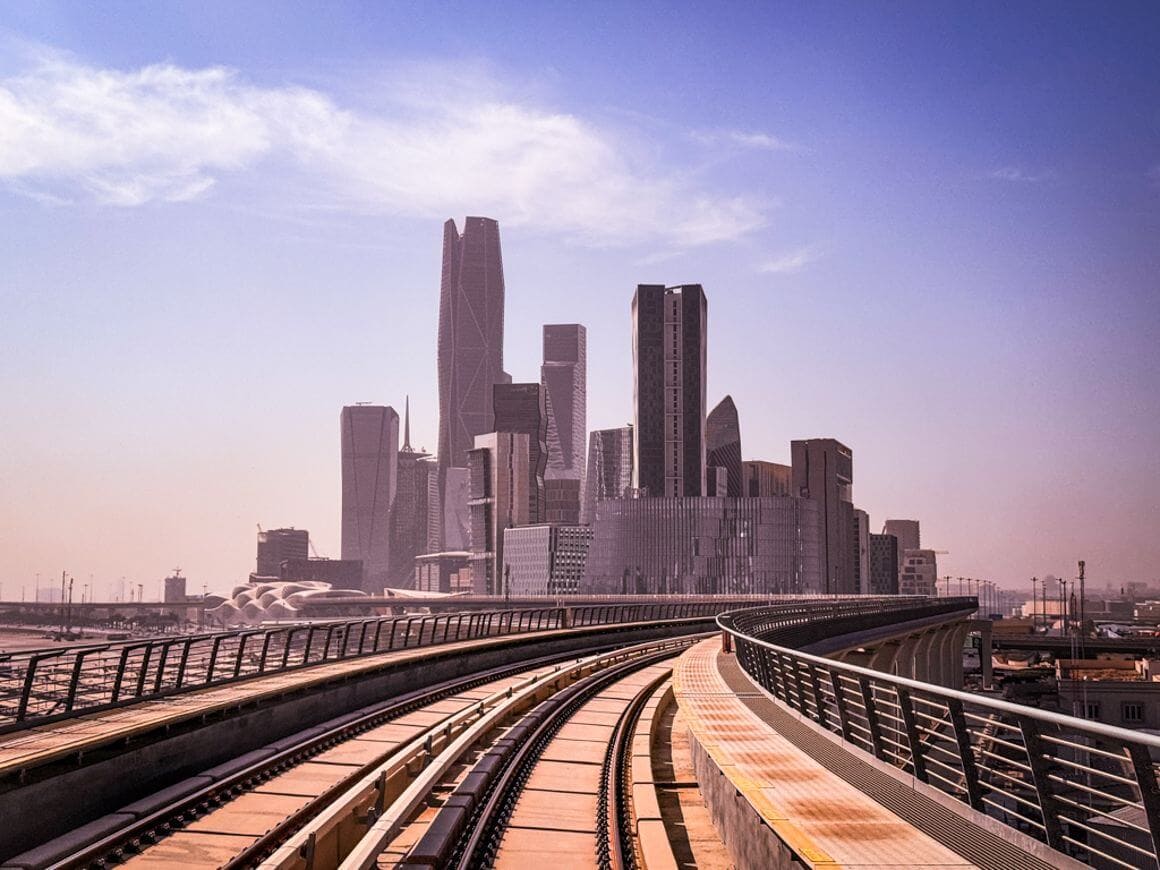
Photo: @storiesbysoumya
Onwards Travel from Saudi Arabia
Saudi Arabia is well-placed for onward travel to the UAE, Bahrain, Qatar, Oman, and Jordan. You can drive to any of these countries and cross their land borders.
There are also cheap flights to Turkey, Egypt, and UAE. Check the websites of Flyadeal and Flynas, two low-cost Saudi airlines, for steal deals.
Culture of Saudi Arabia
The Kingdom of Saudi Arabia is a Muslim nation and home to two of Islam’s most important religious sites: Mecca and Madinah. The five tenets of Islam—faith, prayers, charity, fasting, and pilgrimage—play an important role in Saudi culture, which is reflected in their clothing, socializing, and other aspects of daily life.
Saudi Arabian culture has also been influenced by the traditional Bedouin lifestyle and a long history of trade that dates back to antiquity.
Traditionally, men in Saudi Arabia wear a long, white robe called the thobe and cover their heads with a red and white checkered scarf called the shemagh, which is held in place with a black cord called the egal. Women, on the other hand, wear long black robes called the abaya and cover their heads with a black scarf called the hijab. You’ll also notice that many women cover their faces with a black mask called the niqab.
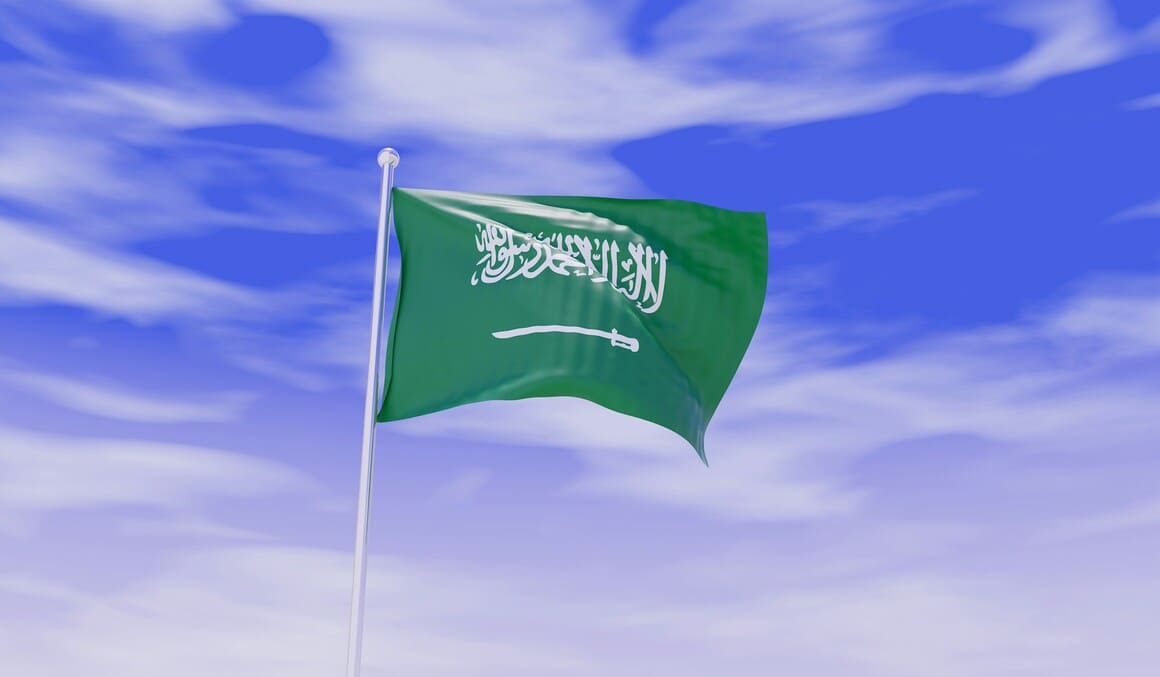
Saudis are religious and usually pray five times a day. Some stores may close during prayer times and on Friday mornings, so plan your day accordingly.
Saudi Arabia’s long history and continuous transfer of ideas along its borders have also resulted in an eclectic collection of art, architecture, dance, and cuisine. Saudi handicrafts, such as Al Sadu weaves, Al Khous baskets, Hejazi woodwork, Al-Qatt Al-Asiri items, and traditional Saudi jewelry, are gorgeous.
Buying and drinking alcohol is illegal in Saudi Arabia. But hookah and coffee are a big part of Saudi nightlife.
Useful Travel Phrases for Saudi Arabia
The people of Saudi Arabia speak Arabic, which shares many words with Urdu and Hindi. Most, if not all, people understand English in bits and pieces. The newer generation is more adept in English.
It always helps to know a few Arabic words. So, here are a few helpful travel phrases for Saudi Arabia.
- Hello – Marhaba
- Shukran – Thank You
- How are you? = Kaif halak?
- Goodbye – mae alsalama
- What is this? – Ma hada?
- How are you? – kayf haluk
- I am fine – Ana bekhair
- I am sorry – ‘ana asf
- Convenience store – bakala
Arabs usually greet each other with Assalamualaikum (peace be upon you). In response, you’re expected to say Waalaikumsalam (peace be upon you, too).
What to Eat in Saudi Arabia
Saudi food is still a bit of a hidden gem. If you’re a foodie, then you’ll love eating your way through a plate of kabsa, learning about the ancient art of cooking underground in deserts, drinking coffee along with dates, and trying all kinds of mamoul cookies.
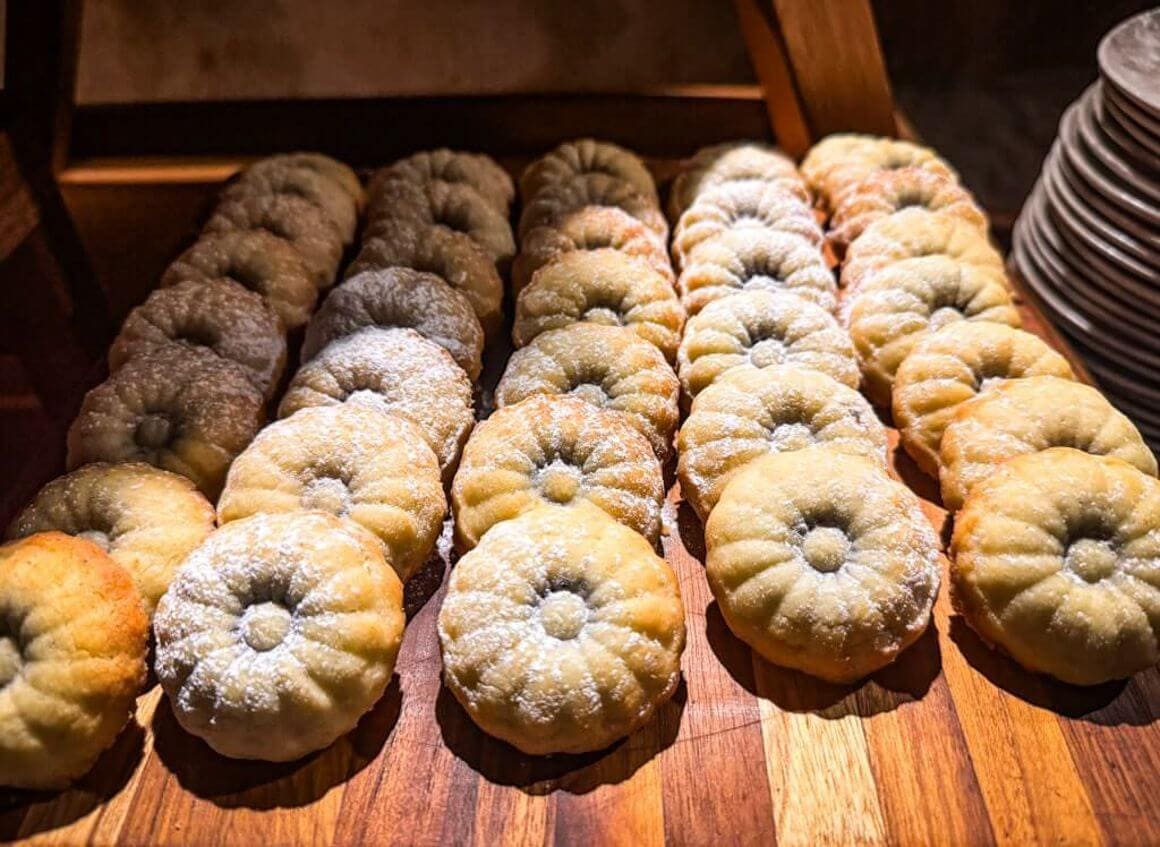
Food was one of the main reasons I decided to move to the Middle East. I have always loved Arabic food, especially their grills, breads, dips, salads, and rice dishes. Saudi Arabia will spoil you for choices.
You’ll find all typical Arabic dishes such as shawarma, falafels, hummus, pita bread, shish tawouk, baklava, and kunafa in Saudi Arabia. But here’s my list of the top six unique Saudi dishes that you have to try when you visit the country.
Must-Try Dishes in Saudi Arabia
- Kabsa: The national dish of Saudi Arabia, Kabsa is cooked meat (usually chicken and lamb, if you want something exotic, then go for camel) served over flavored rice.
- Jareesh – Jareesh is a Saudi comfort meal that’s made from cracked wheat, broth, and meat.
- Madfoon – Madfoon is marinated meat (chicken, lamb, or camel) cooked underground in the desert by an ancient Bedouin practice. The resulting meat, which is extremely tender and flavorful, is usually served on a bed of rice. I had my first madfoon when visiting AlUla, and I can still feel that heavenly taste in my mouth.
- Mamoul – Looking for something sweet? Try these soft, melt-in-your-mouth date-filled cookies.
- Coffee and dates – Coffee is a much-loved Arabic beverage that’s been enjoyed for centuries alongside dates, another favorite in the region.
- Al Baik Fried Chicken—Good news! Saudi Arabia has its own very popular fried/broasted chicken brand—Al Baik. Al Baik stores are affordable and present everywhere. Even the mightiest KFC would pale compared to Al Baik’s popularity in Saudi Arabia.
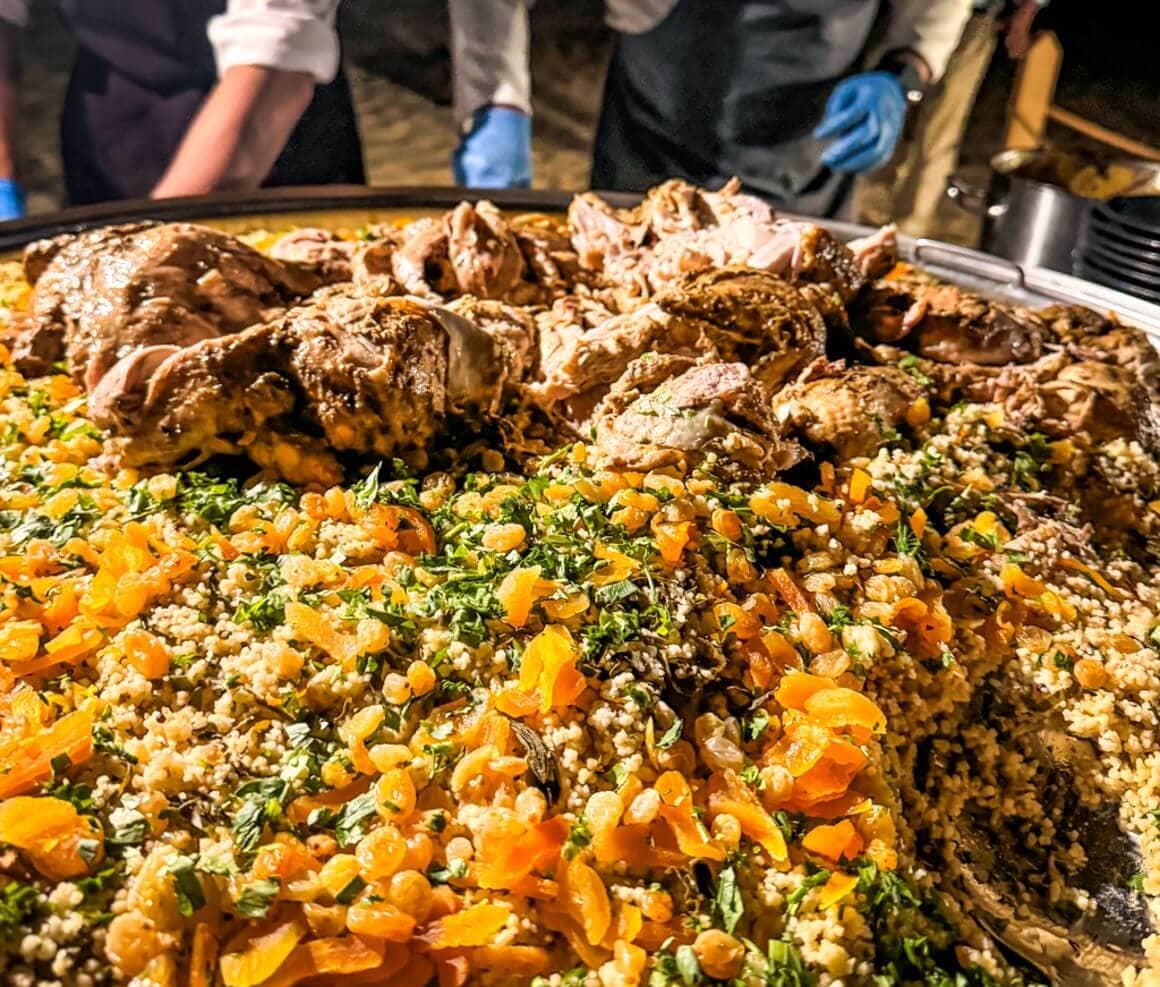
Photo: @storiesbysoumya
A Brief History of Saudi Arabia
The history of the Kingdom of Saudi Arabia began in the early 18th century when Muhammad bin Saud Al Muqrin Al Saudi, also known as Ibn Saud, established the first Saudi state in Diriyah.
In 1902, King Abdulaziz founded the third Saudi state and the third dynasty in Riyadh. He managed to unify most of the Arabian Peninsula, and the Kingdom of Saudi Arabia was born. King Salman from the Third Dynasty is the current king of Saudi Arabia, and his son, Mohammed bin Salman, also known as MBS, is the country’s Crown Prince and Prime Minister. He is the man behind the country’s ambitious socio-economic goals and the Vision 2030 milestone.
Saudi Arabia opened its doors to international tourists in 2019 and has welcomed tourists ever since (except for a couple of years lost to the COVID-19 pandemic).
FAQs About Visiting Saudi Arabia
Final Advice Before Visiting Saudi Arabia
Be respectful of the local culture when visiting Saudi Arabia. Dress appropriately and avoid kissing or showing affection in public. Experience the local cuisine. From mouthwatering meat cooked underground to a homegrown brand of broasted chicken, Saudi Arabia boasts many unique delicacies to explore.
Visit in winter or during the shoulder season. Summers can be scorching and extremely dry, particularly in central and northern Saudi Arabia.
To save money, consider basing yourself in larger cities such as Jeddah and Riyadh. These locations offer easier access to budget-friendly accommodation and transport. Use public transport in Riyadh and Jeddah. While limited, trains are an exciting way to travel between cities in Saudi Arabia.
Although expensive, renting a car in Saudi Arabia offers an incredible opportunity to explore the country. During your drive, you’ll see breathtaking landscapes you won’t find anywhere else.
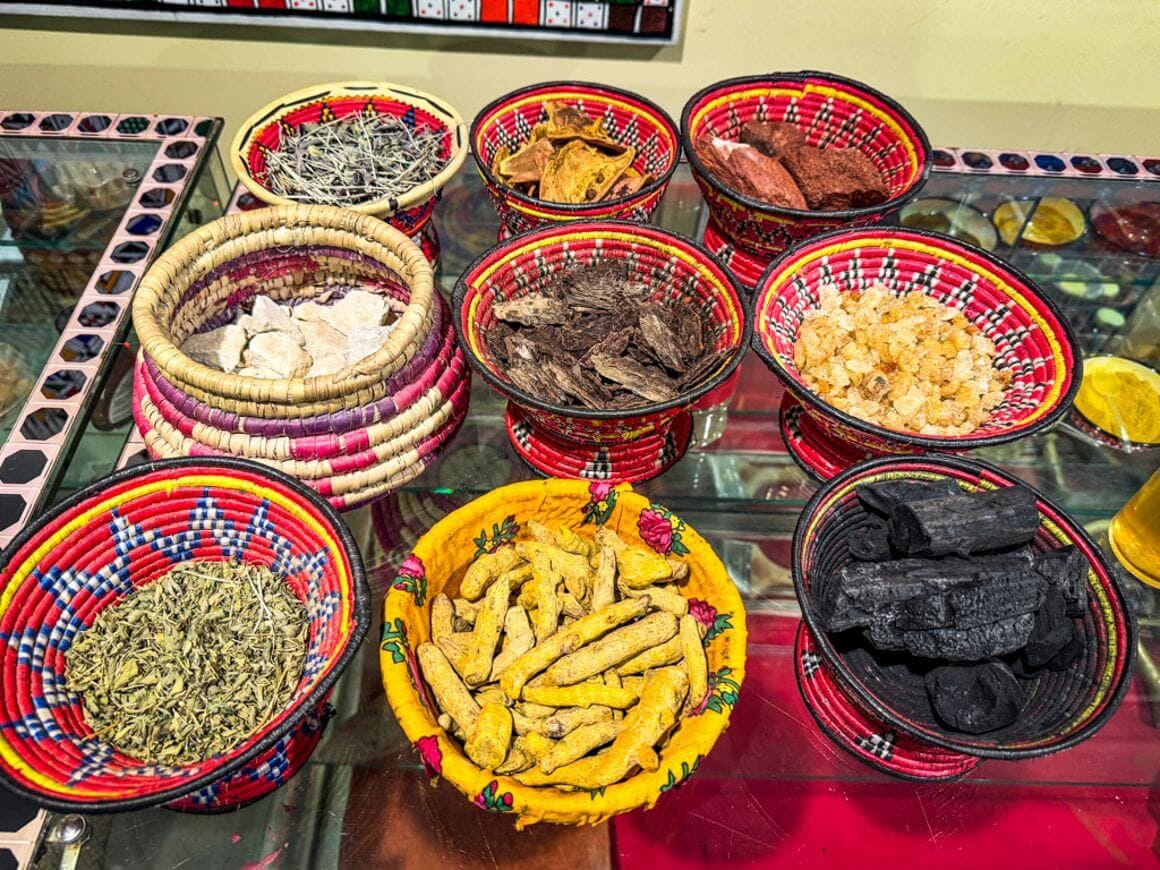
Photo: @storiesbysoumya
- Check out all the epic things to do in Jeddah while you’re visiting.
- Backpackers and frugal travellers can use our budget travel guide.
Buy Us a Coffee!
A couple of you lovely readers suggested we set up a tip jar for direct support as an alternative to booking through our links. So we created one!
You can now buy The Broke Backpacker a coffee. If you like and use our content to plan your trips, it’s a much appreciated way to show appreciation 🙂



